There’s nothing quite like the aroma of freshly baked bread to fill your home with warmth and comfort. But what if we could take that sensory experience to the next level? Enter Garlic-Herb Bread, a culinary masterpiece that combines the simple pleasure of homemade bread with the aromatic allure of garlic and fresh herbs.
This recipe is your guide to creating a Garlic-Herb Bread that will have everyone singing your praises. It’s a step-by-step journey that demystifies the bread-making process, empowering you to craft a loaf that’s not just delicious but also a testament to your baking prowess.
More Than Just a Side: Garlic-Herb Bread as the Star
Often relegated to the sidelines, Garlic-Herb Bread deserves its moment in the spotlight. This recipe elevates it to star status, infusing the dough with a medley of flavors that will tantalize your taste buds. Imagine the fragrant combination of garlic and your favorite herbs, mingling with the warm, yeasty aroma of freshly baked bread. It’s a sensory symphony that will have your kitchen smelling like a bakery and your dinner table looking like a feast.
A Symphony of Flavors: Customizing Your Garlic-Herb Bread
One of the beauties of this Garlic-Herb Bread recipe lies in its versatility. You’re the conductor of this flavor orchestra, choosing the herbs that best suit your palate. Whether you prefer the classic combination of rosemary and thyme or a more adventurous blend of basil, oregano, and chives, the choice is yours. Feel free to experiment and create a Garlic-Herb Bread that’s uniquely your own.
The Journey Begins: From Simple Ingredients to Extraordinary Bread
Our journey starts with a humble collection of ingredients: bread flour, yeast, salt, water, fresh herbs, and garlic. These simple components, when combined with care and patience, will transform into a Garlic-Herb Bread that’s far greater than the sum of its parts.
We’ll begin by activating the yeast, awakening its leavening power that will give our bread its characteristic airy texture. Then, we’ll combine the dry ingredients, incorporating the fragrant herbs and sliced garlic into the mix. The addition of warm water will bring the dough together, forming a shaggy mass that’s ready for kneading.
Kneading Nirvana: Developing Strength and Flavor
Kneading is a crucial step in the bread-making process, and this Garlic-Herb Bread is no exception. Whether you’re using a stand mixer or your own two hands, the goal is to develop the gluten in the dough, creating a strong and elastic structure that will hold its shape as it rises.
As you knead, the dough will transform from a sticky mass into a smooth, supple ball. This is where the magic happens, where the flavors meld and the gluten strands align, creating the foundation for a perfect loaf.
The Waiting Game: Patience and the Power of Proofing
Once kneaded, our Garlic-Herb Bread dough needs time to rest and rise. This process, known as proofing, allows the yeast to ferment the sugars in the dough, producing carbon dioxide gas that creates air pockets and gives the bread its light and airy texture.
We’ll let the dough rise in a warm place, covered to prevent it from drying out. As it rises, the dough will double in size, becoming puffy and full of life. This is a testament to the power of yeast and the patience required in bread baking.
Shaping the Dream: From Dough to Defined Loaf
With the dough properly proofed, it’s time to shape our Garlic-Herb Bread. We’ll gently deflate the dough, releasing the built-up gas, and then shape it into a loaf. This process requires a gentle touch, ensuring that we don’t overwork the dough and deflate its airy structure.
Baking to Perfection: Oven or Grill, the Choice is Yours
The final step in our Garlic-Herb Bread journey is baking. Whether you choose the controlled heat of an oven or the rustic charm of a grill, the goal is to bake the bread until it’s golden brown and cooked through.
A key tip for achieving a crisp crust is to introduce steam into the baking environment. This can be done by adding ice cubes to a heatproof bowl in the oven or grill. The steam creates a moist environment that helps the crust develop its characteristic crunch.
A Feast for the Senses: Enjoying Your Garlic-Herb Bread
Once baked, your Garlic-Herb Bread will emerge from the oven or grill, its crust crackling and its aroma filling the air. Allow it to cool slightly before slicing into it, revealing the soft, airy crumb studded with fragrant herbs and garlic.
This Garlic-Herb Bread is a delight on its own, perfect for tearing and sharing with loved ones. It also pairs beautifully with soups, salads, and pasta dishes, adding a touch of homemade goodness to any meal.
More Than Just a Recipe: A Baking Adventure
This Garlic-Herb Bread recipe is more than just a set of instructions; it’s an invitation to embark on a baking adventure. It’s a chance to connect with the time-honored tradition of bread making, to experiment with flavors, and to create something truly special with your own hands. So gather your ingredients, embrace the process, and bake your way to bliss with this delicious Garlic-Herb Bread.
Read less
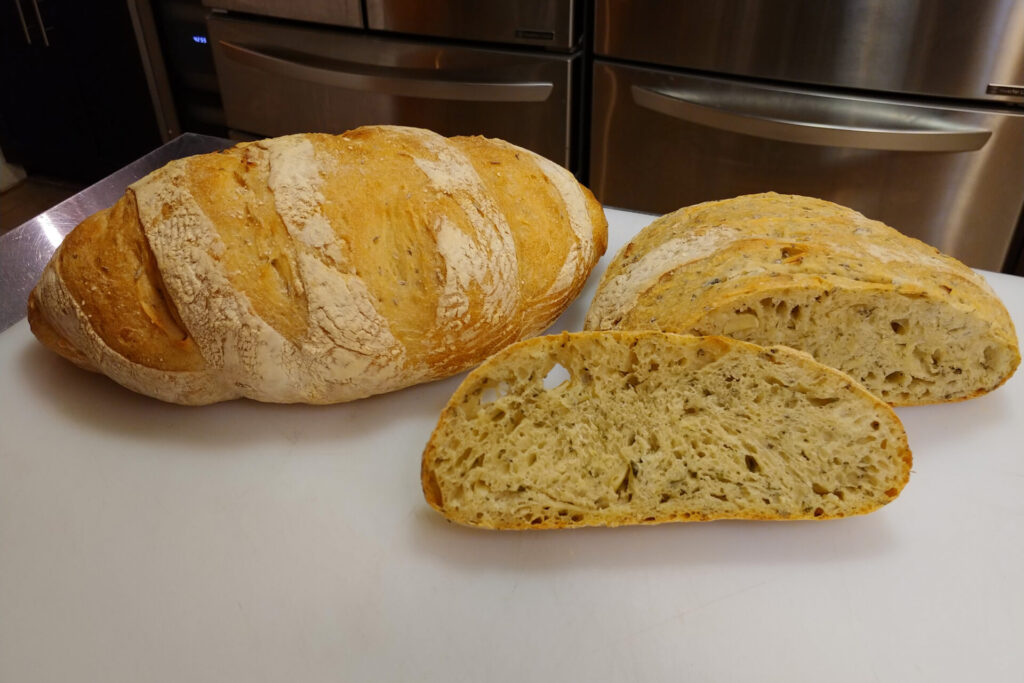
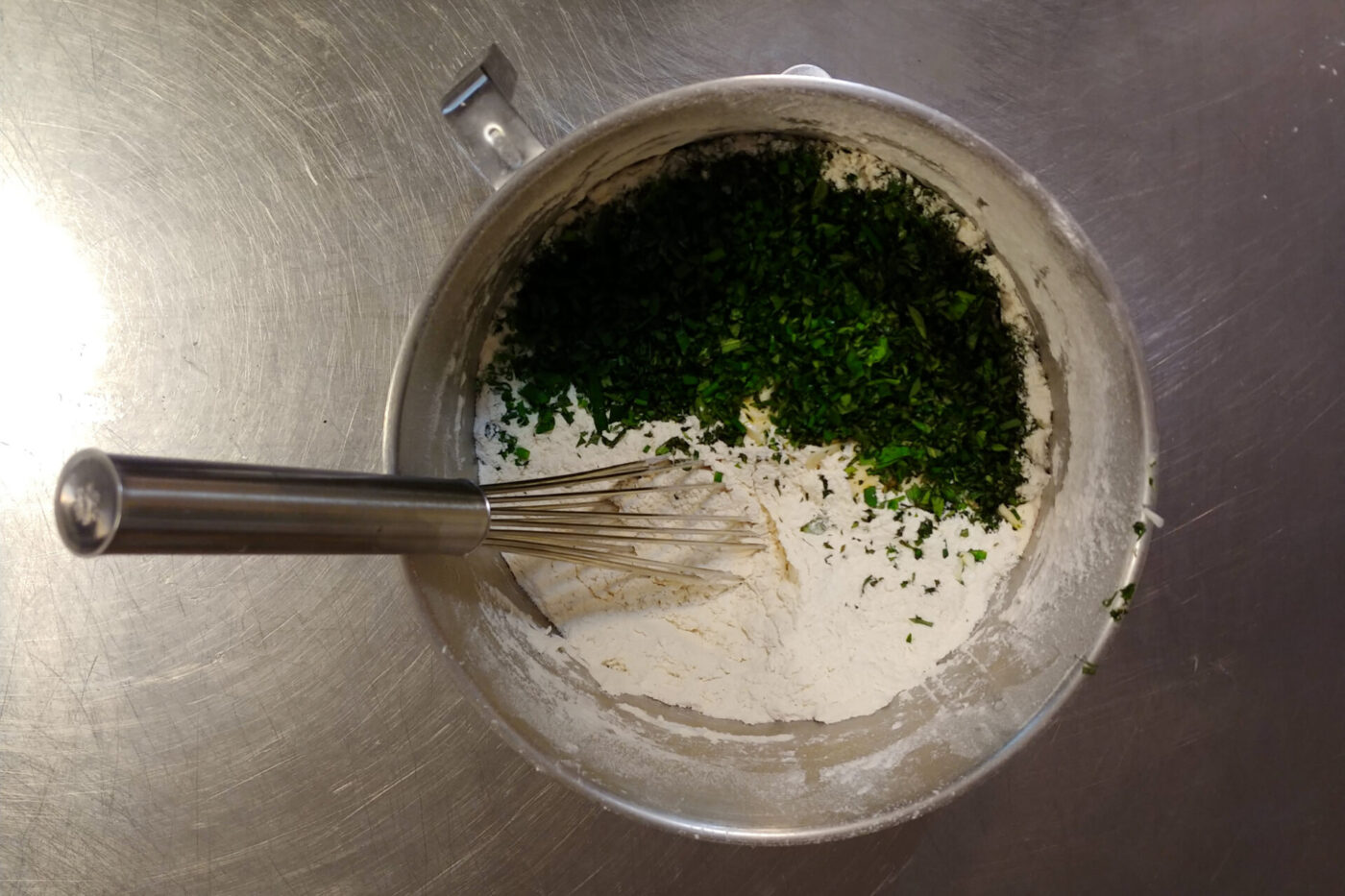
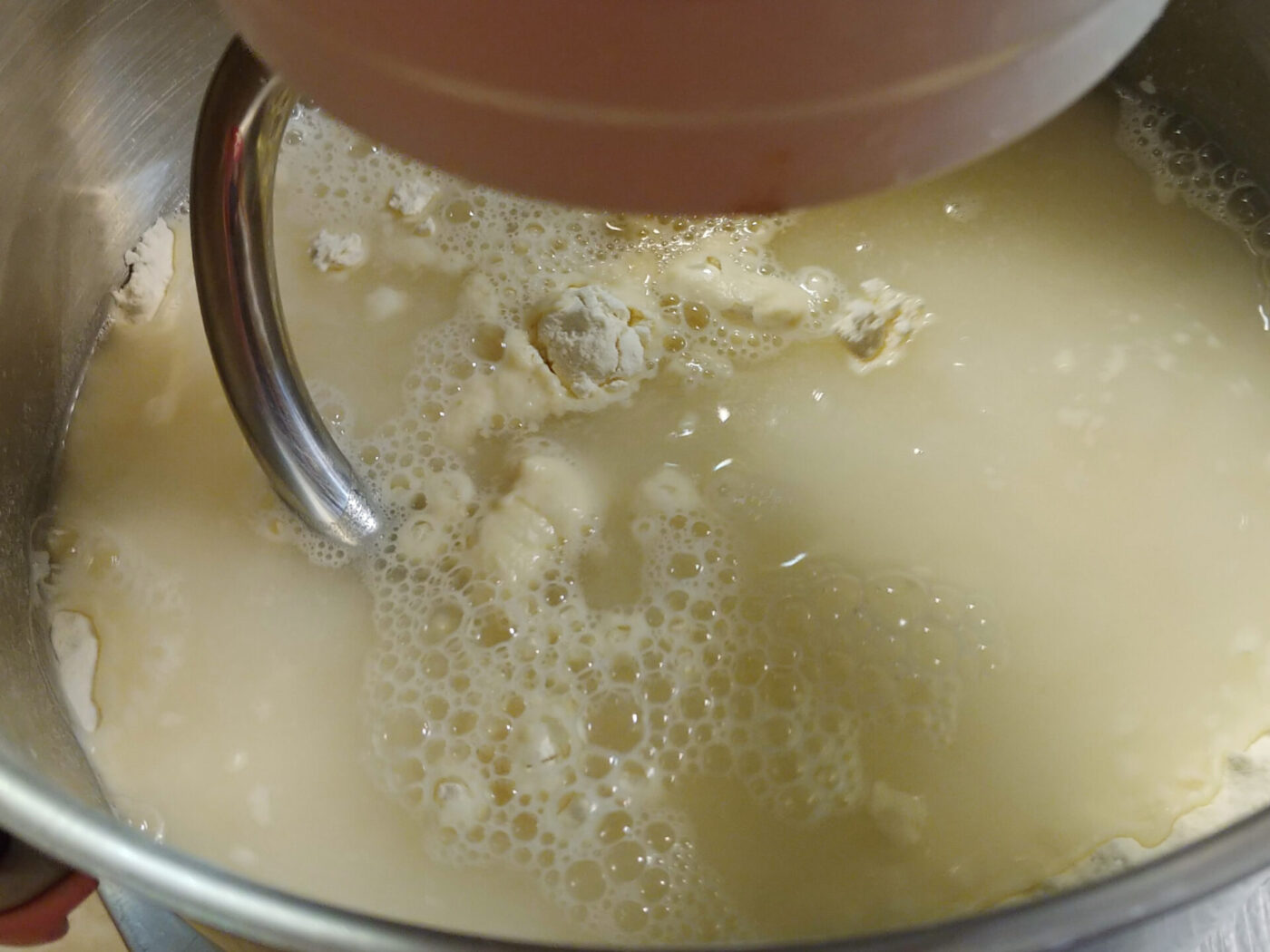
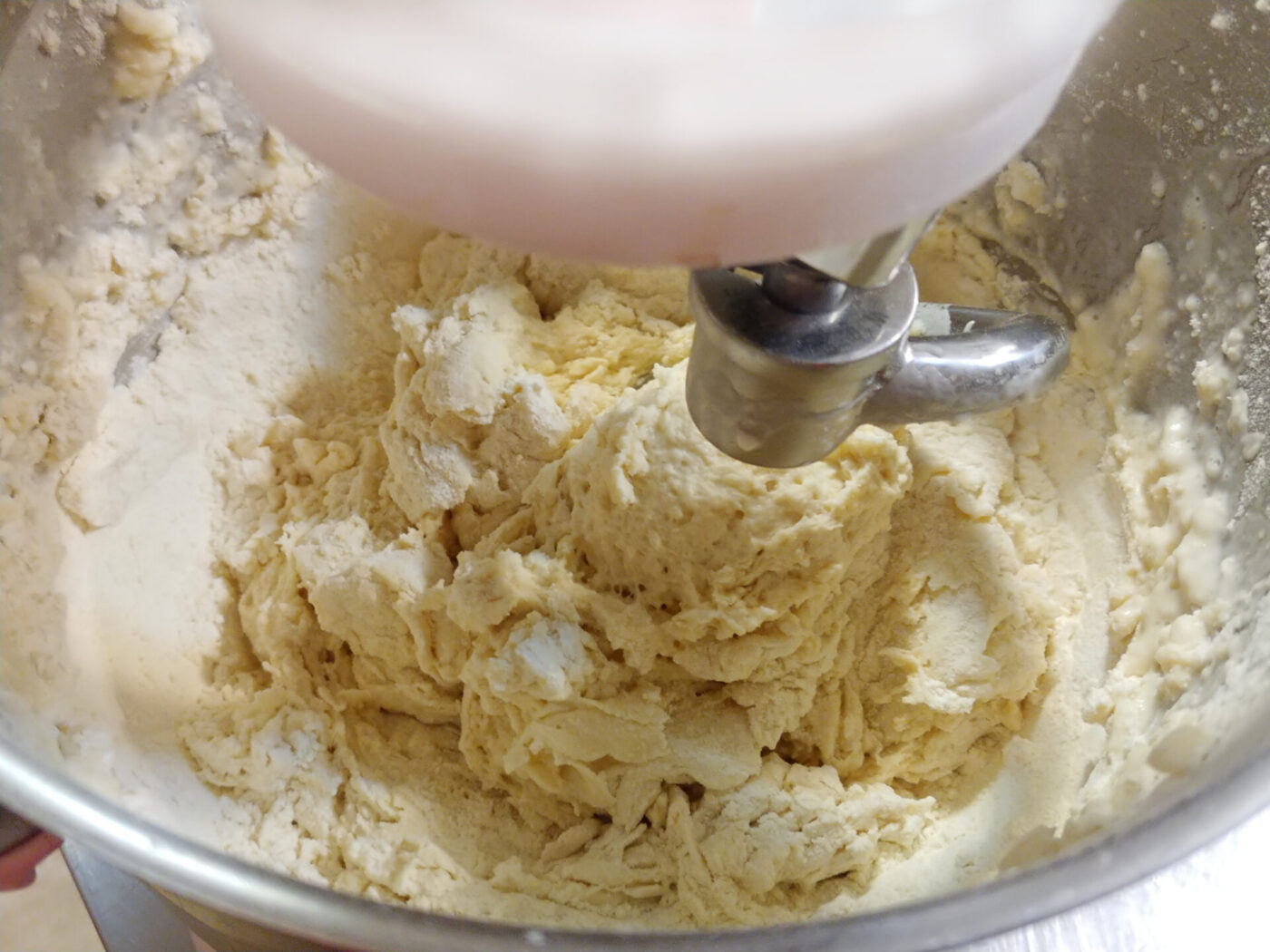
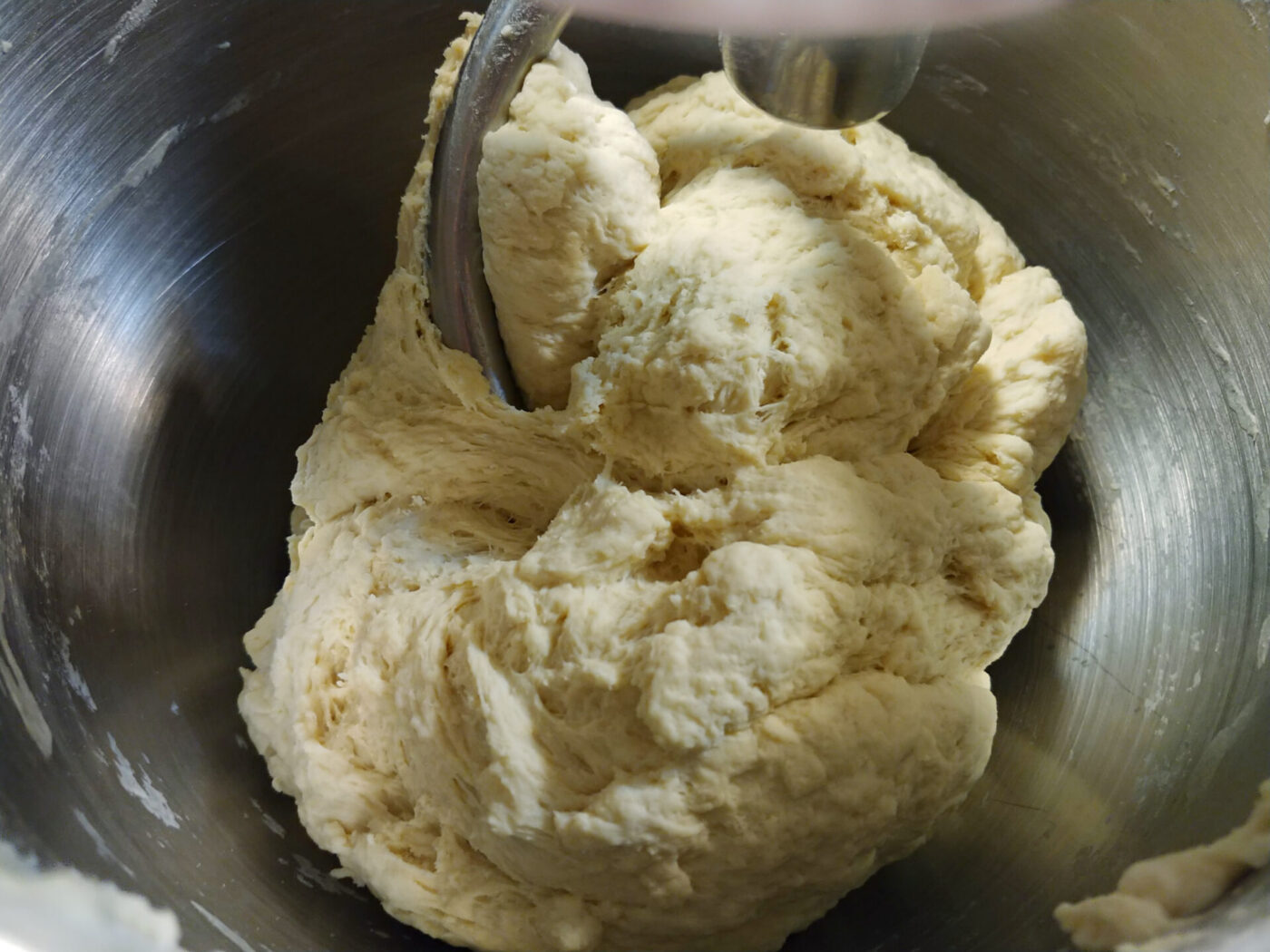
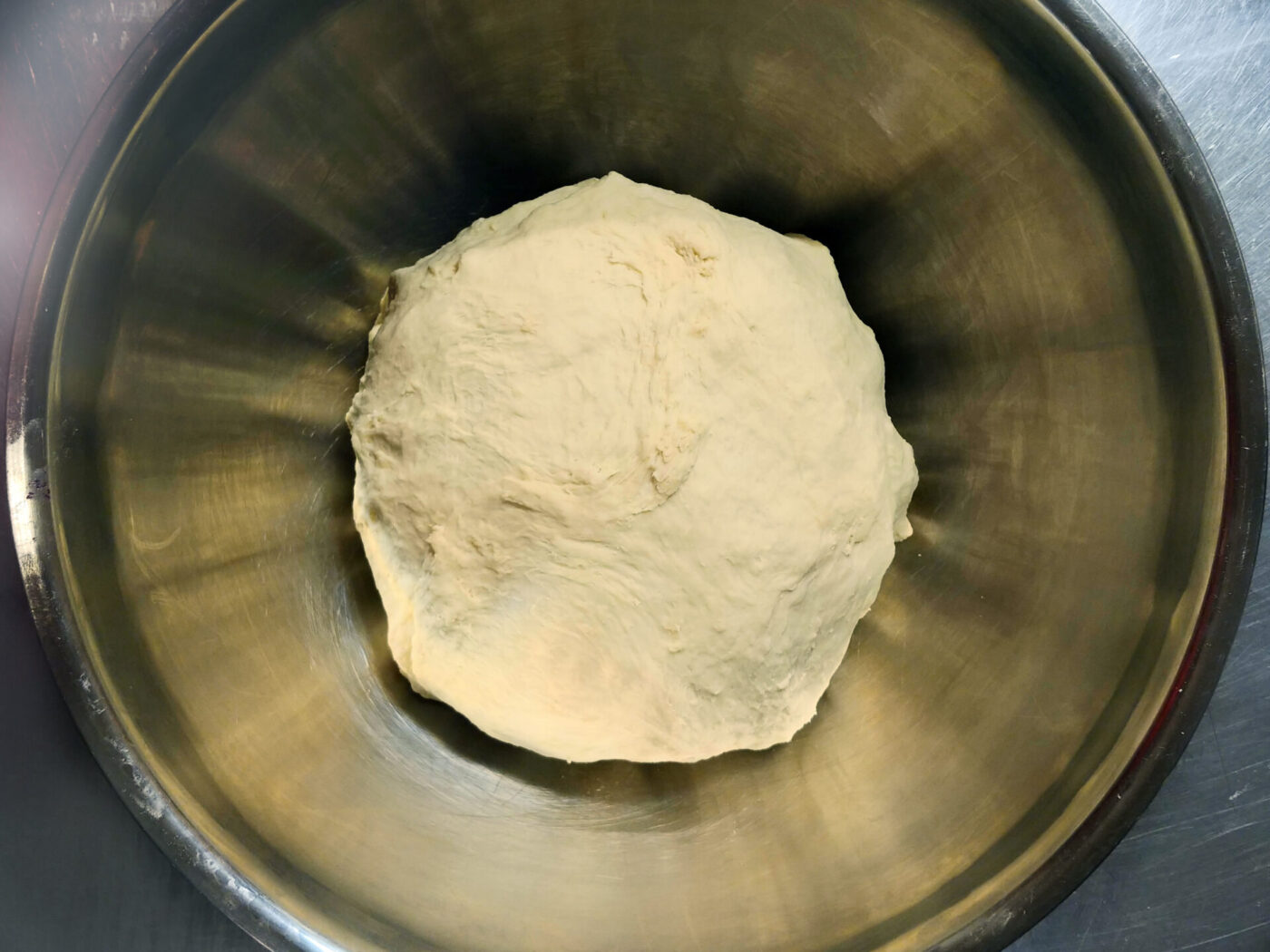
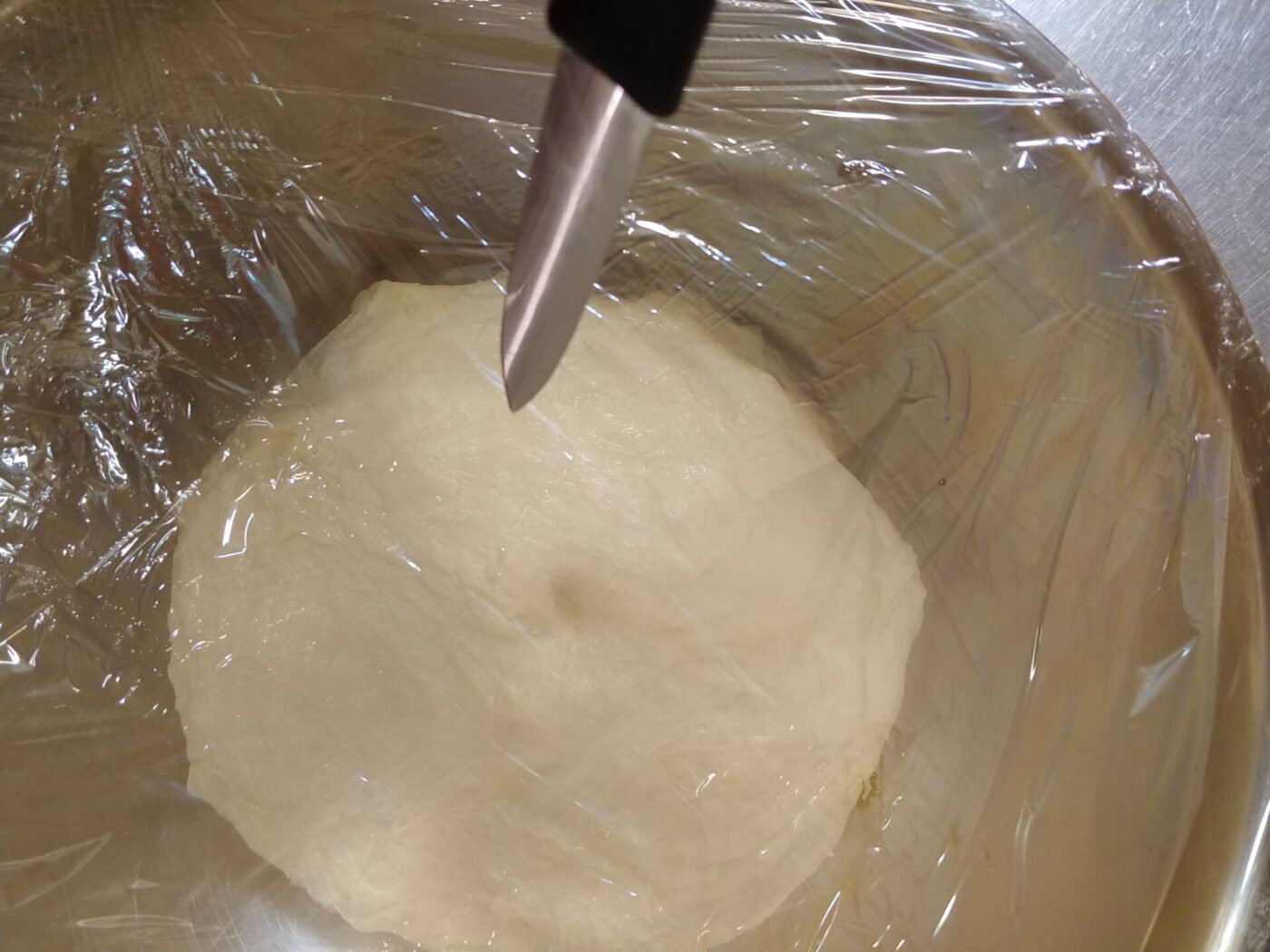
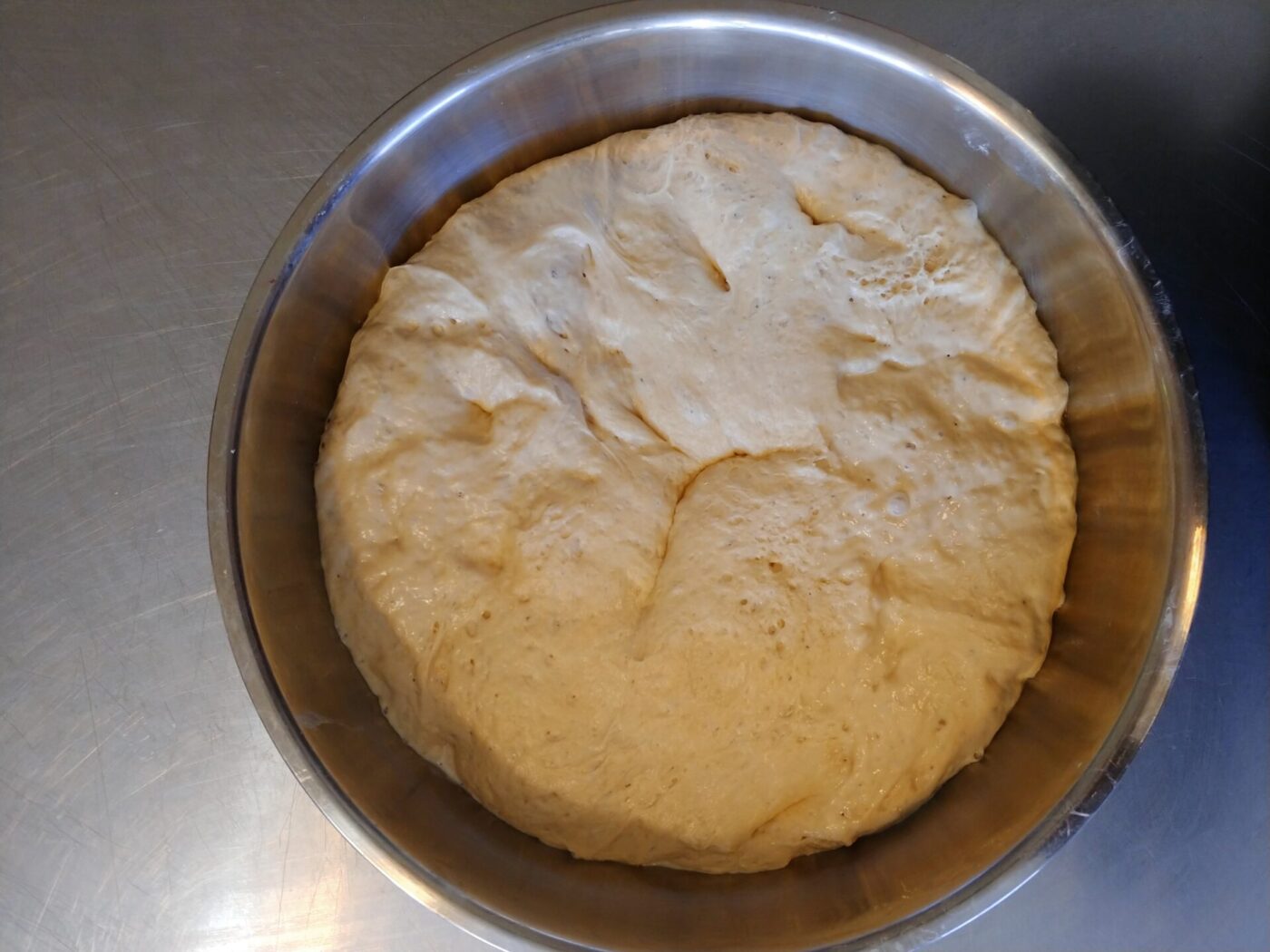
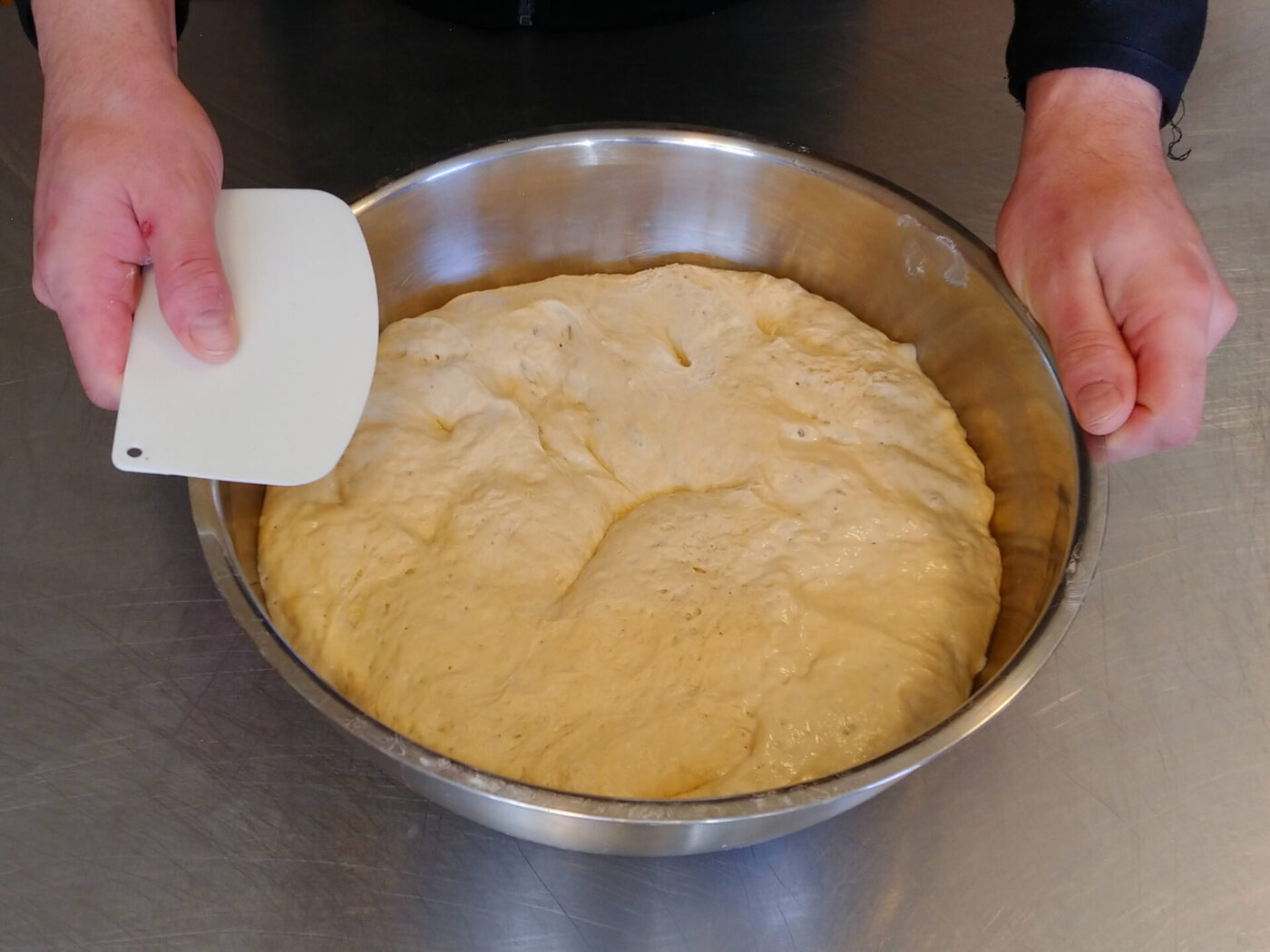
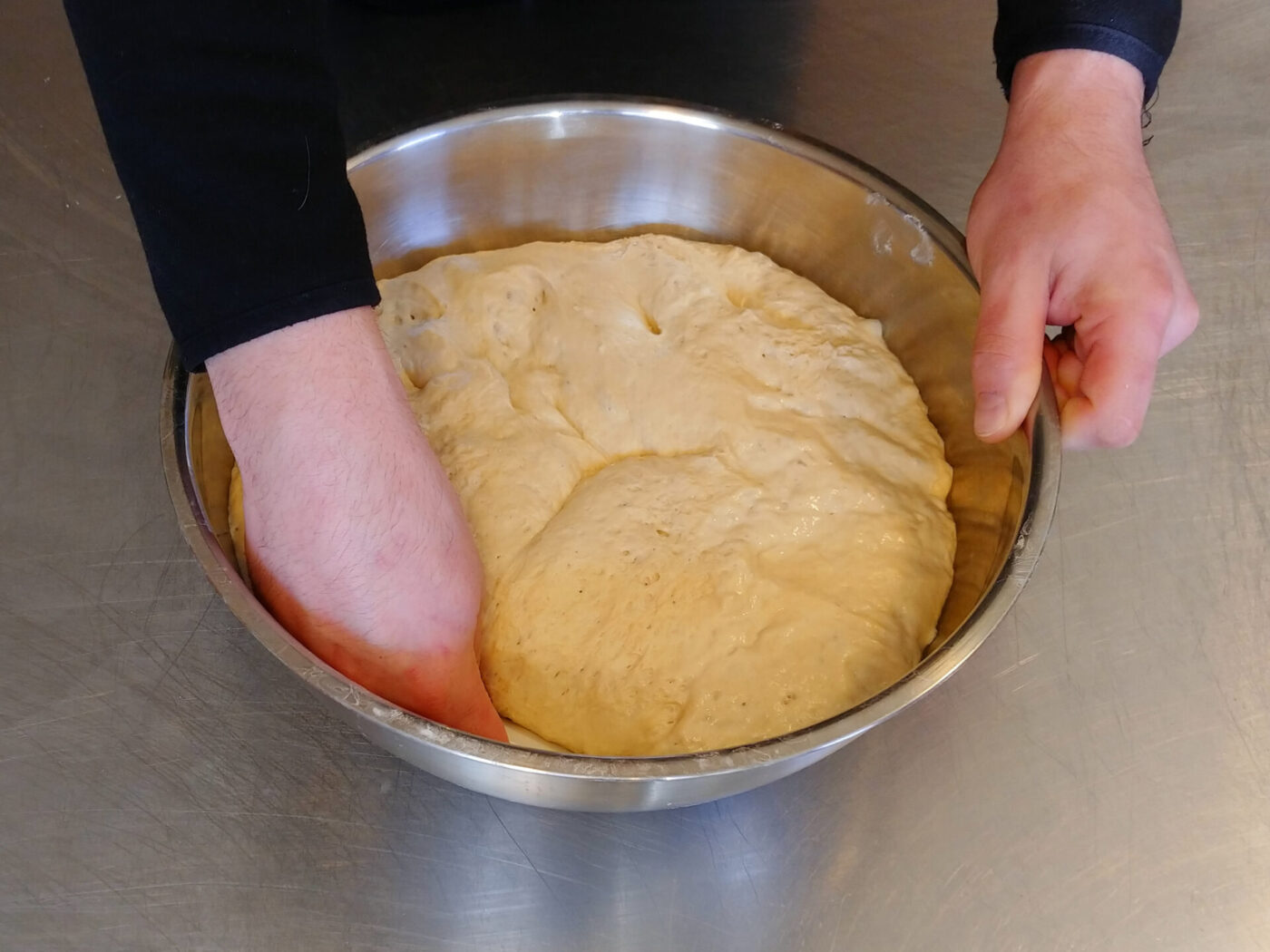
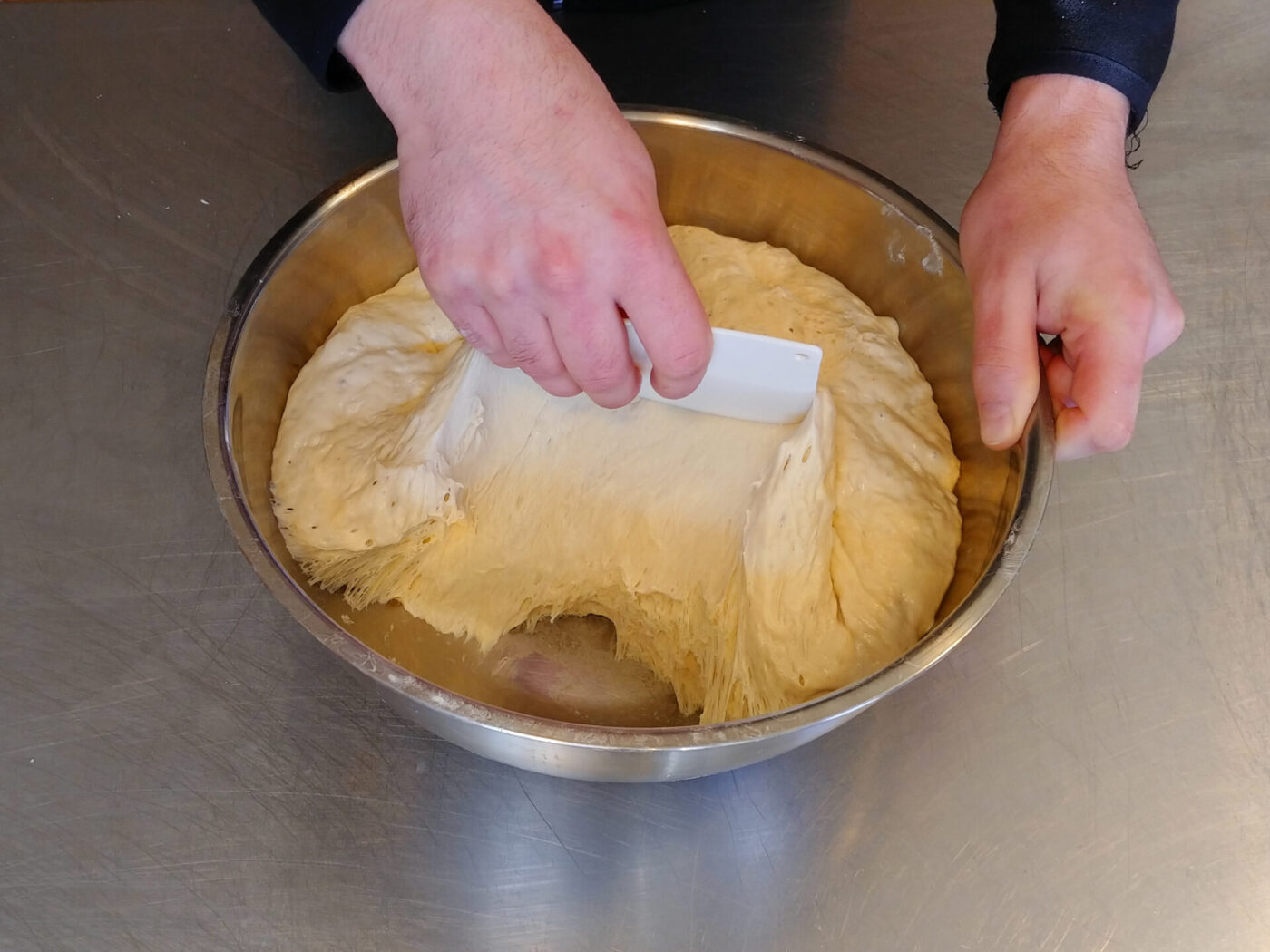
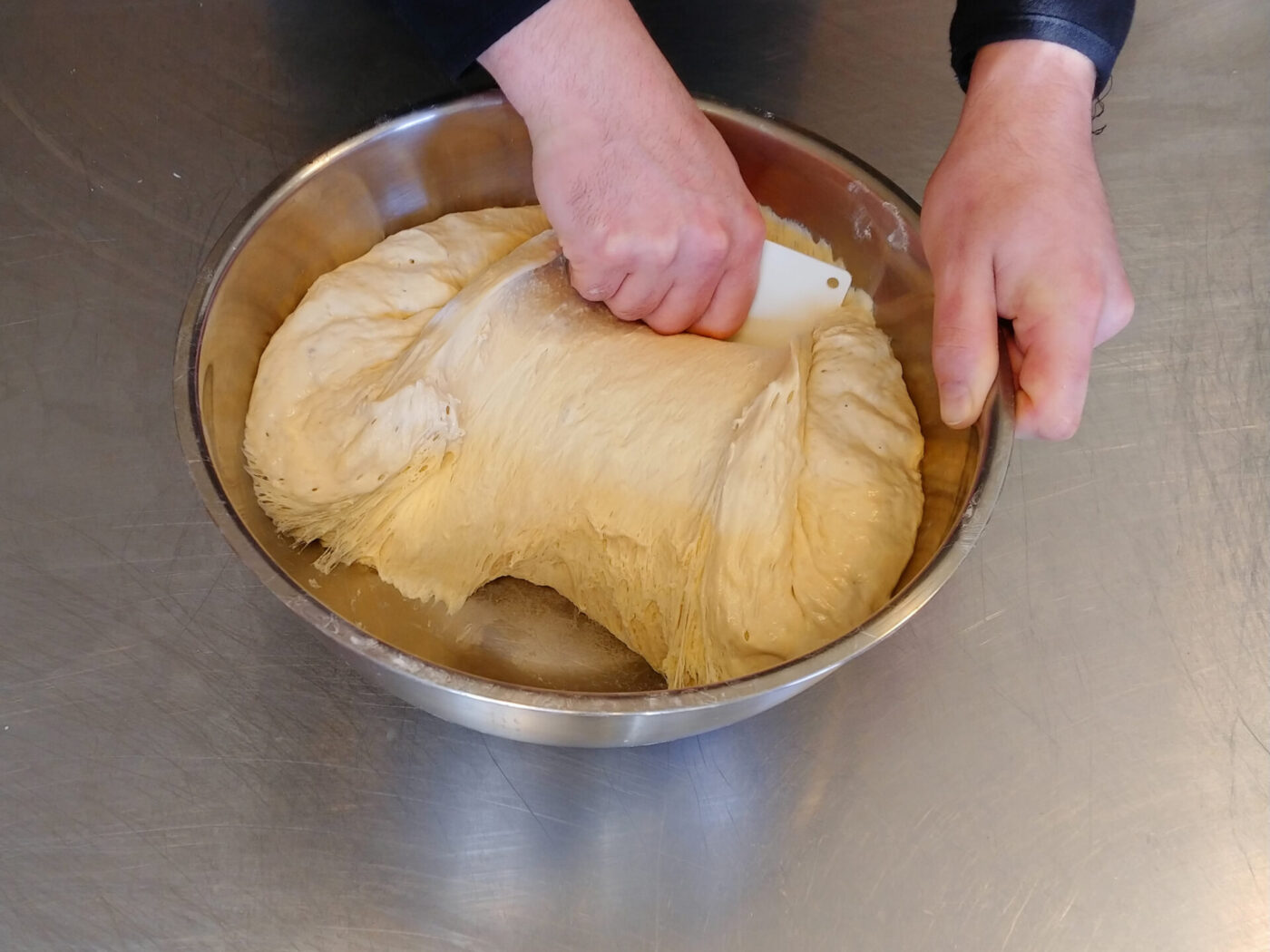
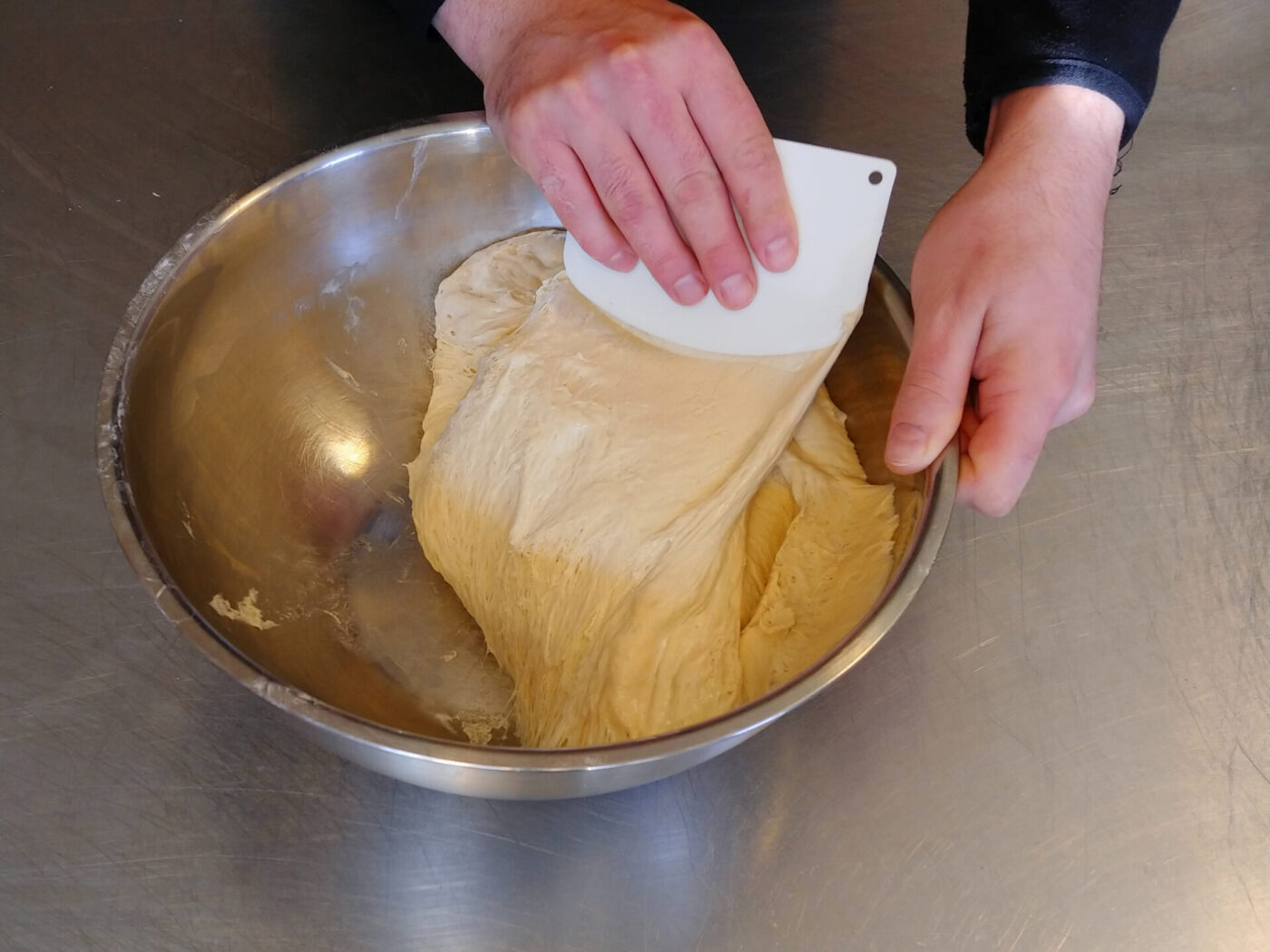
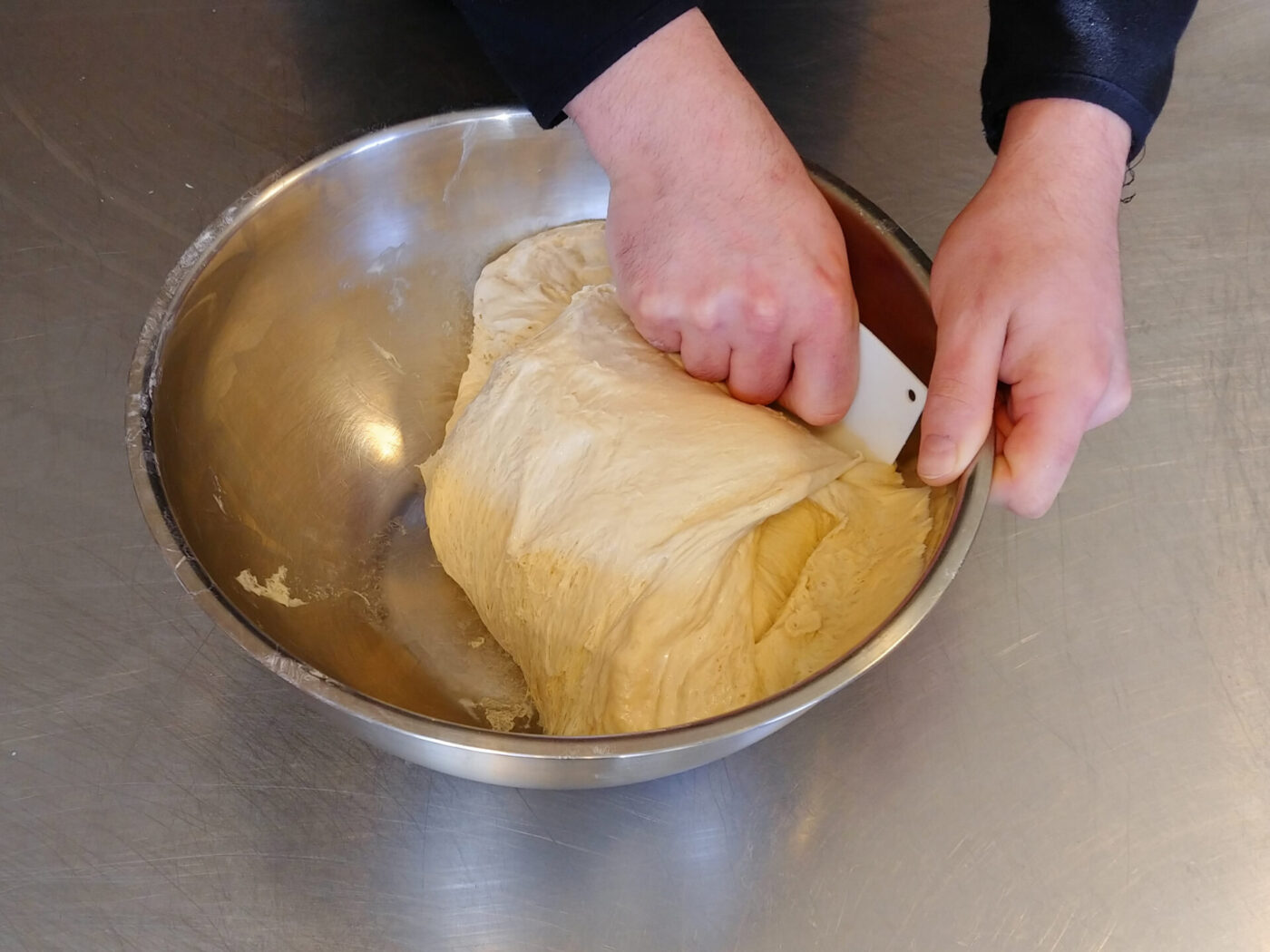
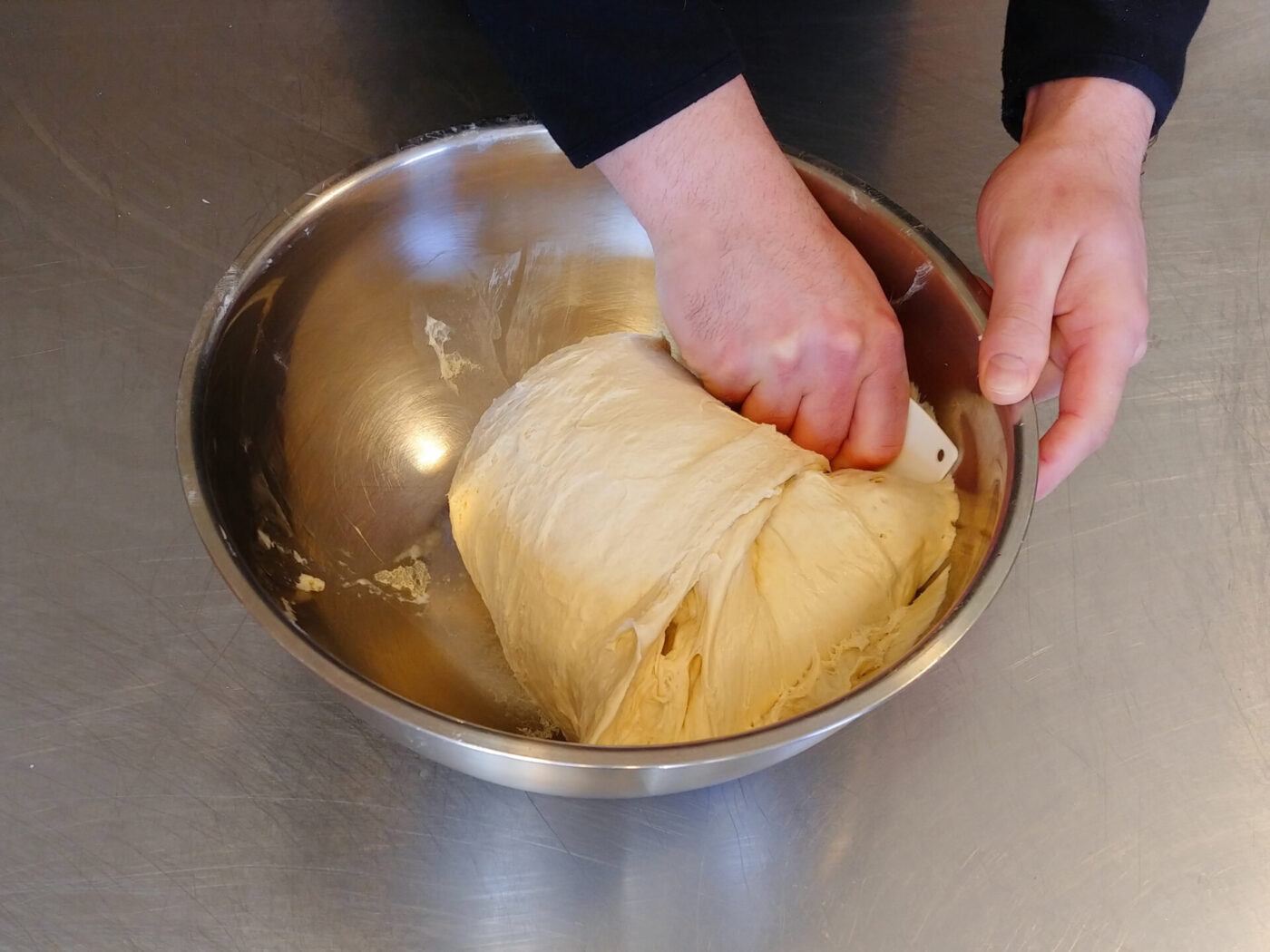
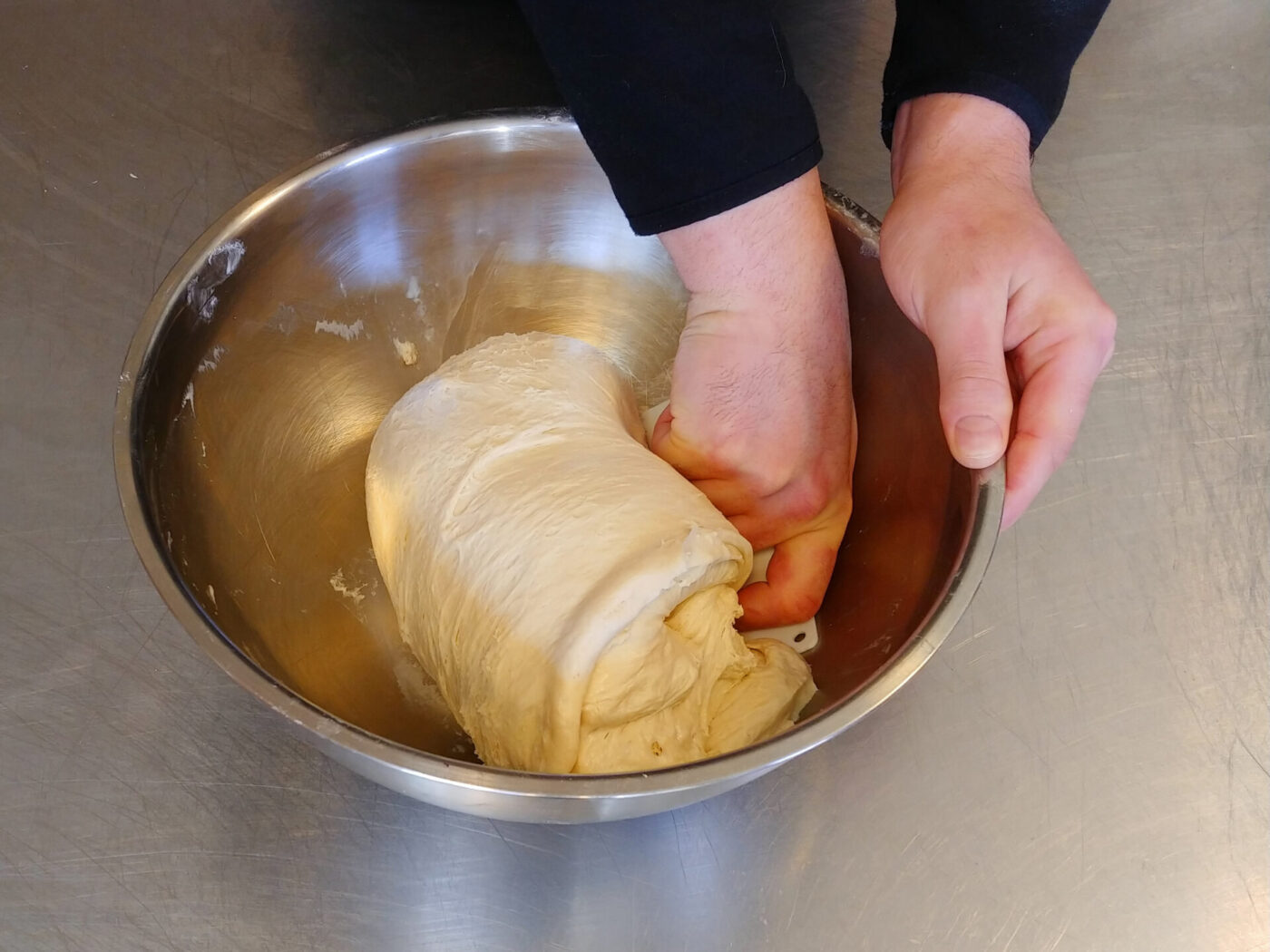
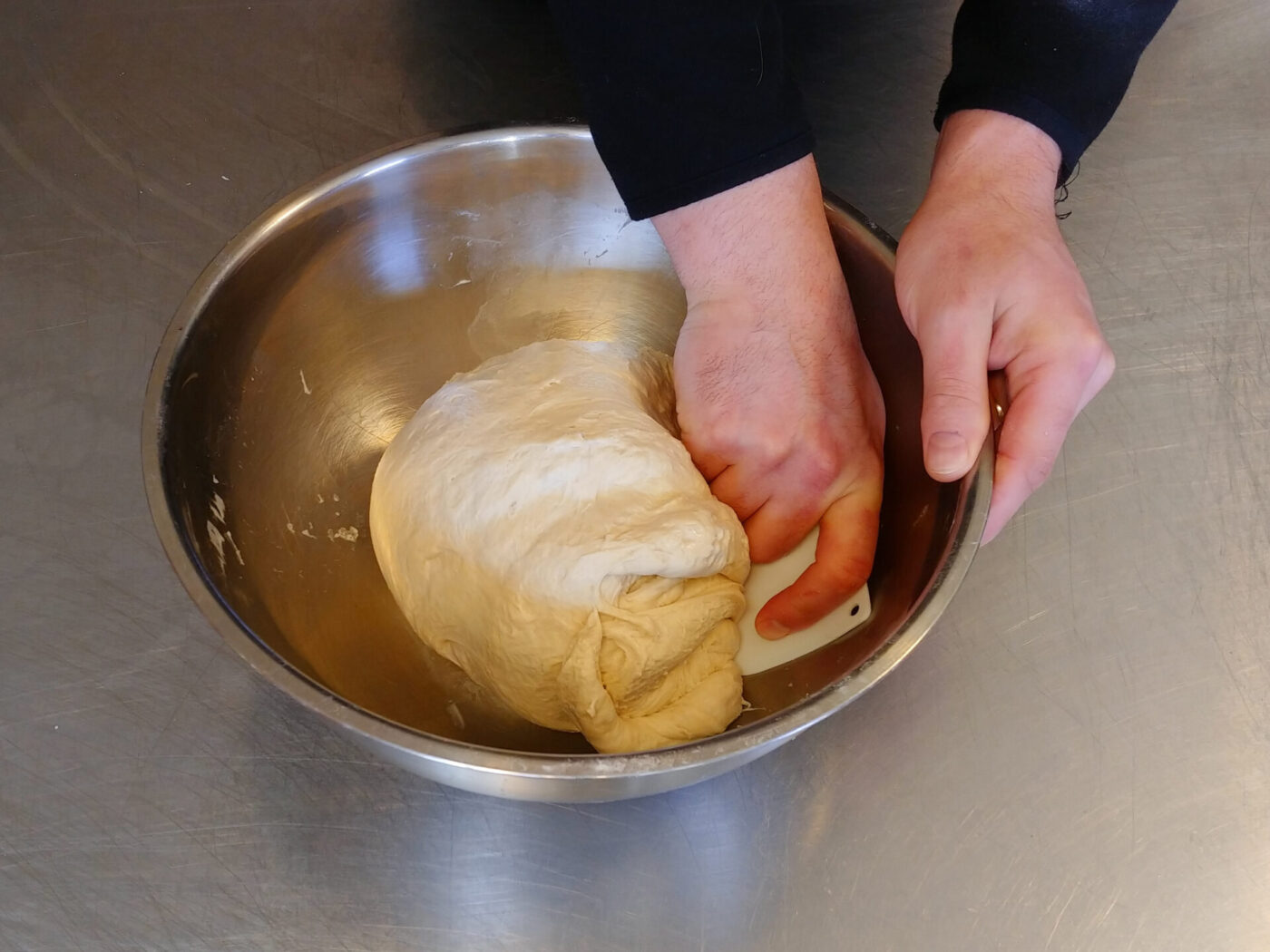
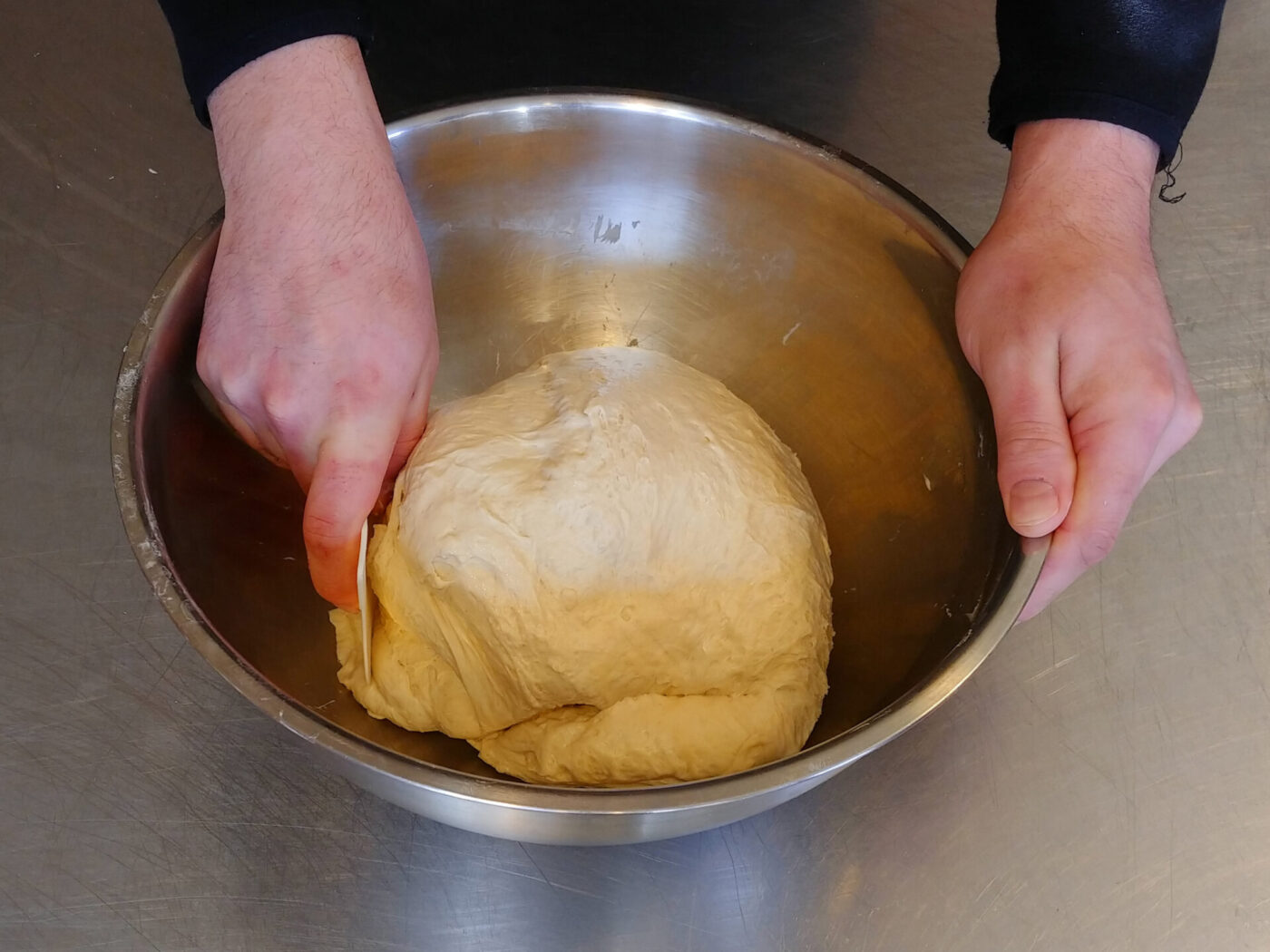
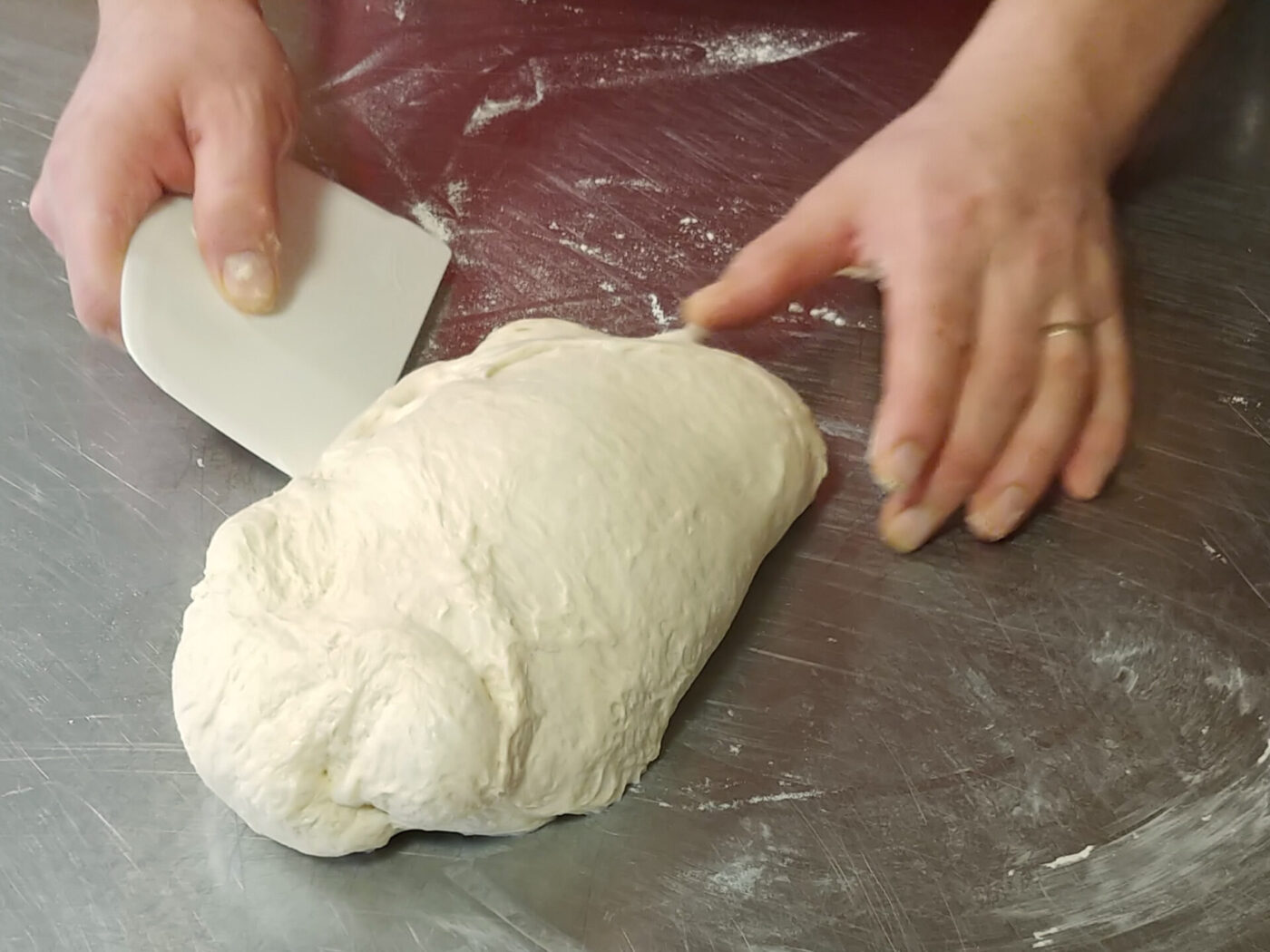
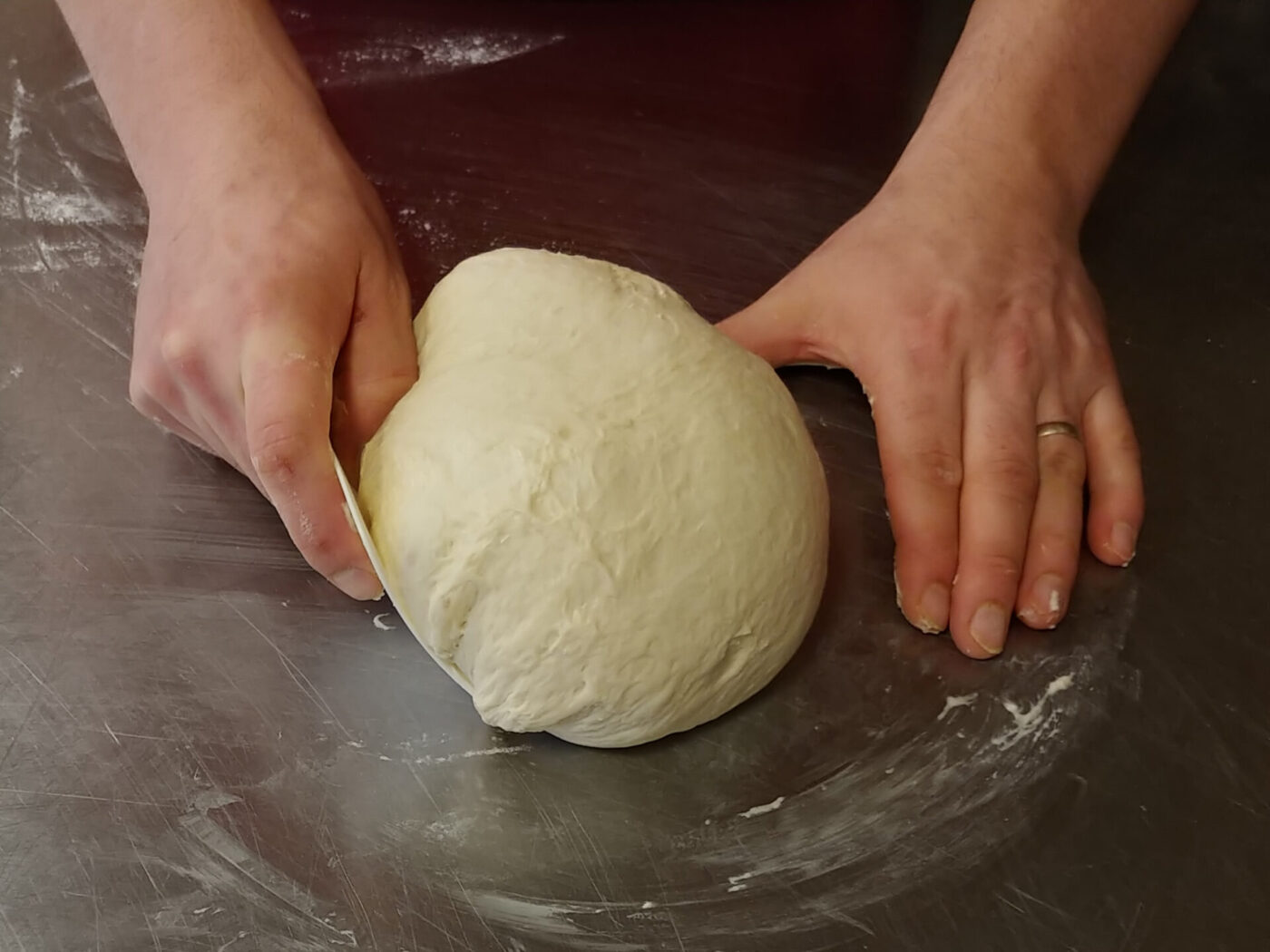
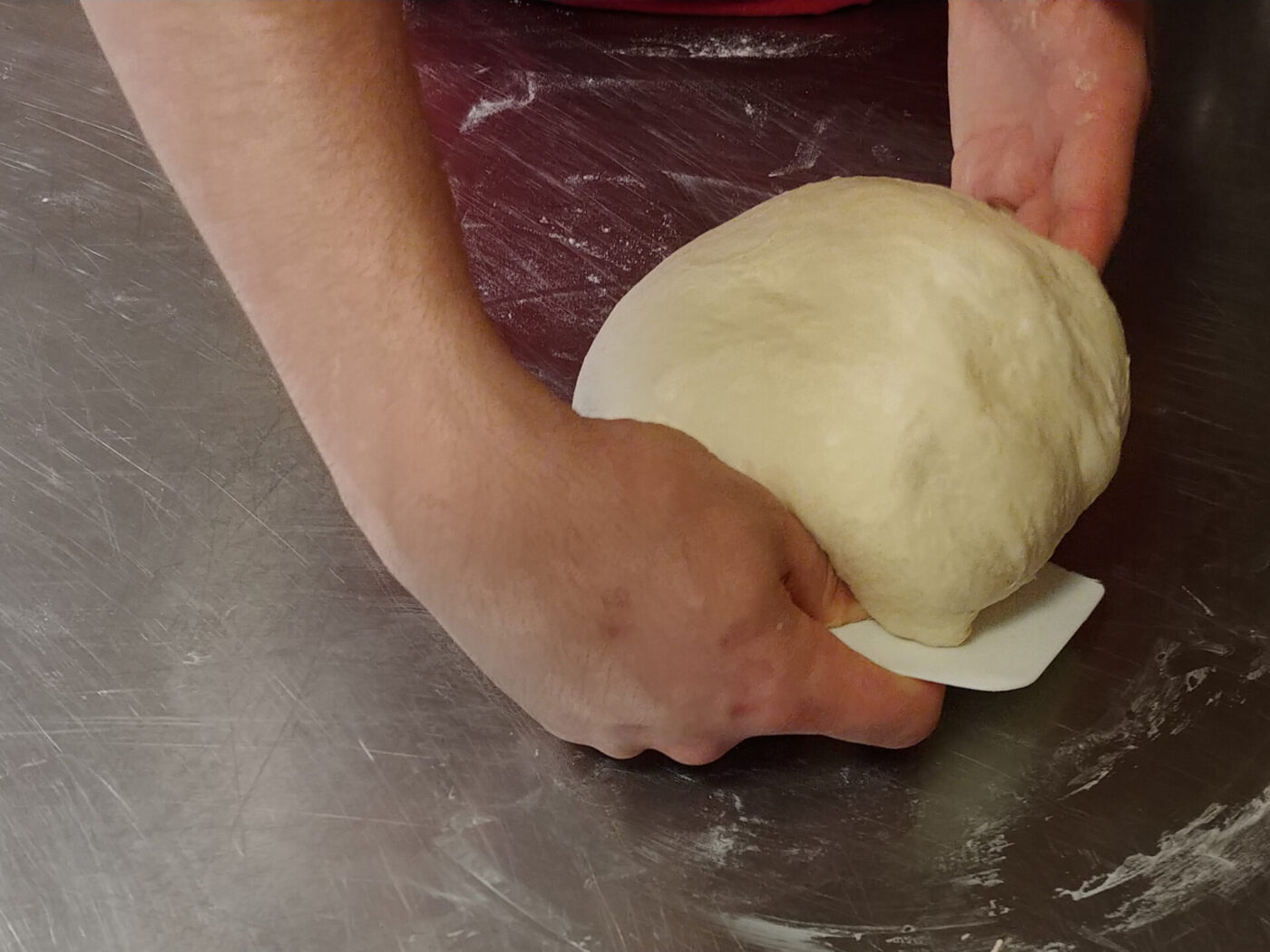
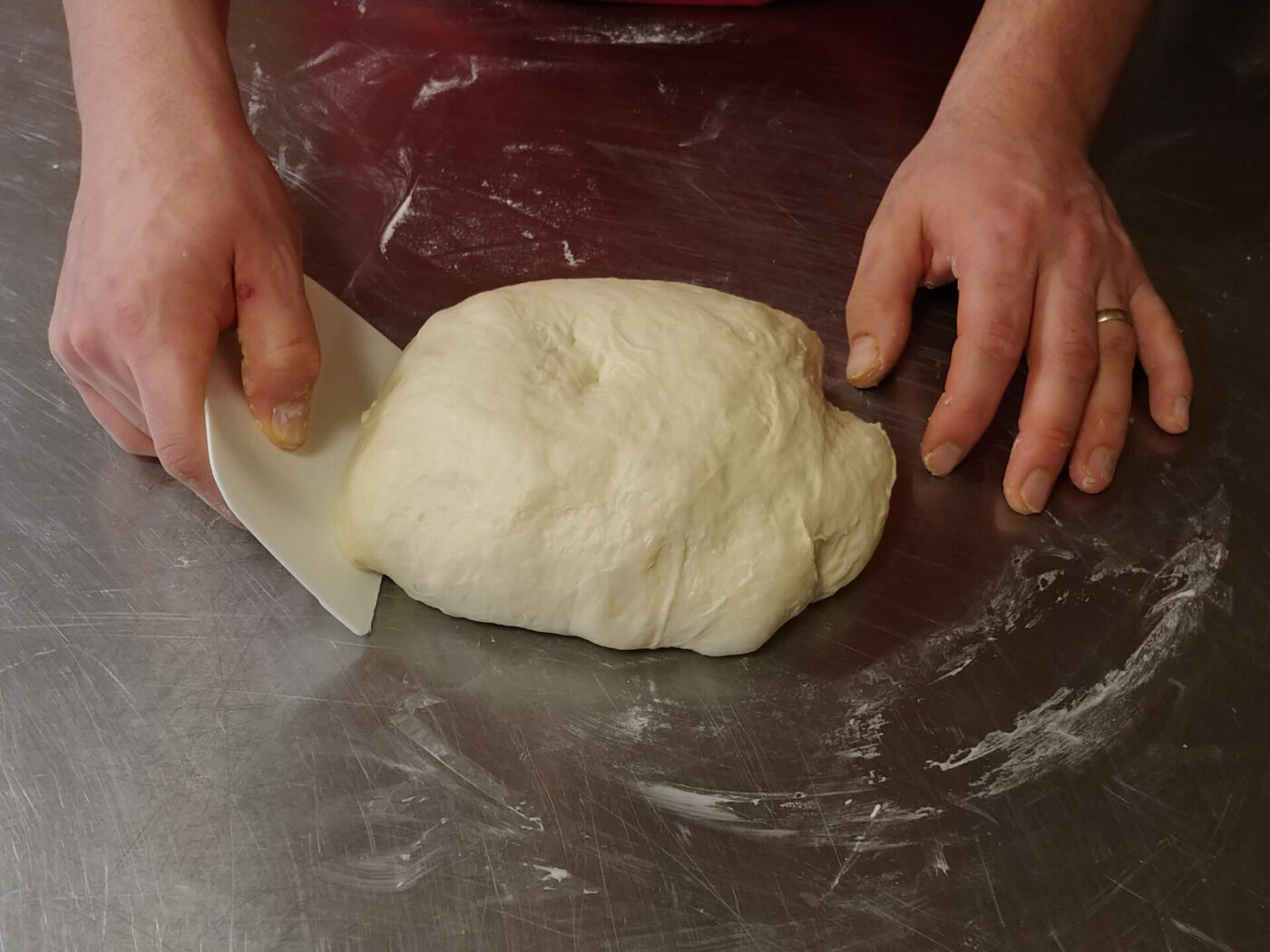
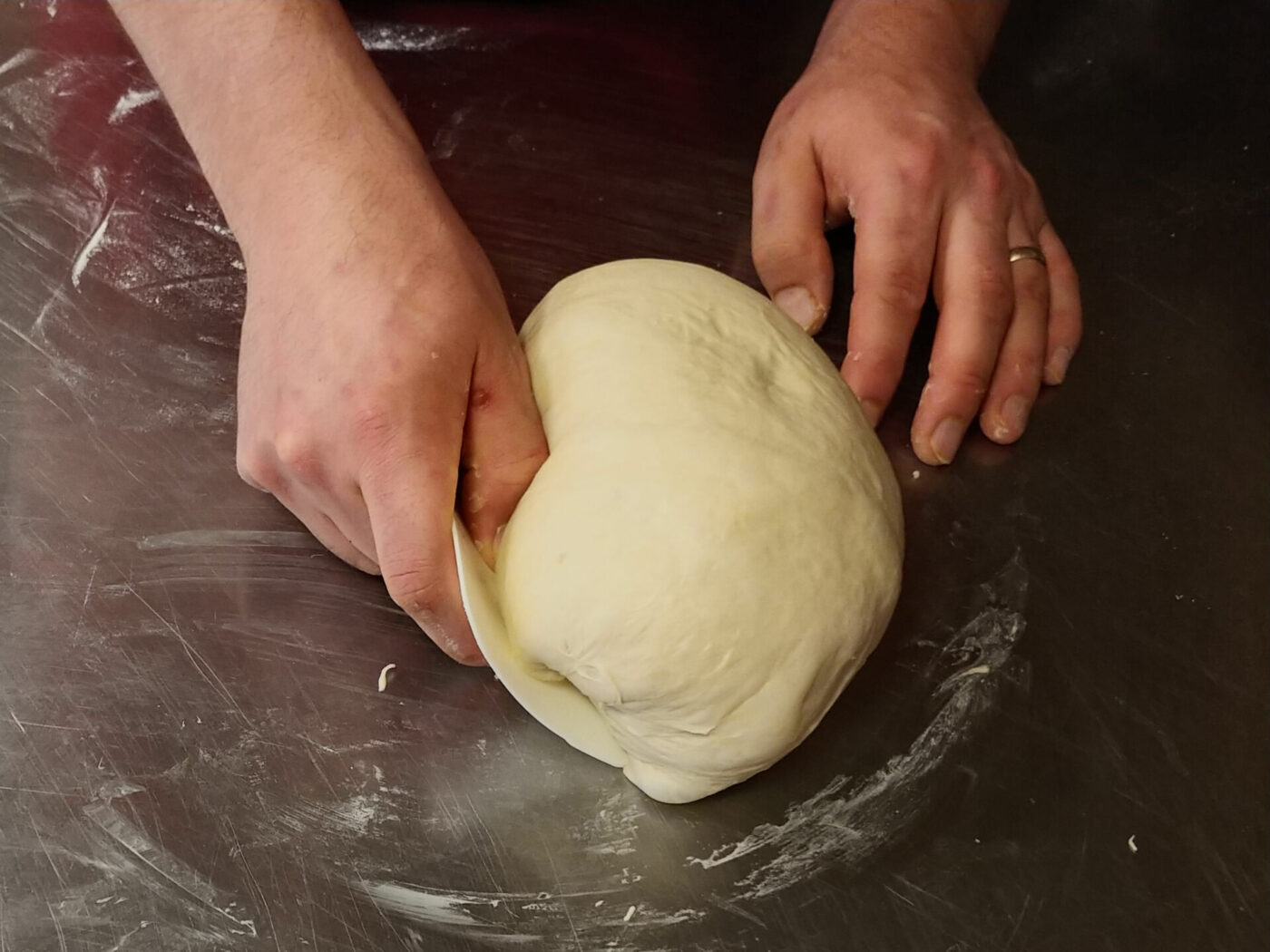
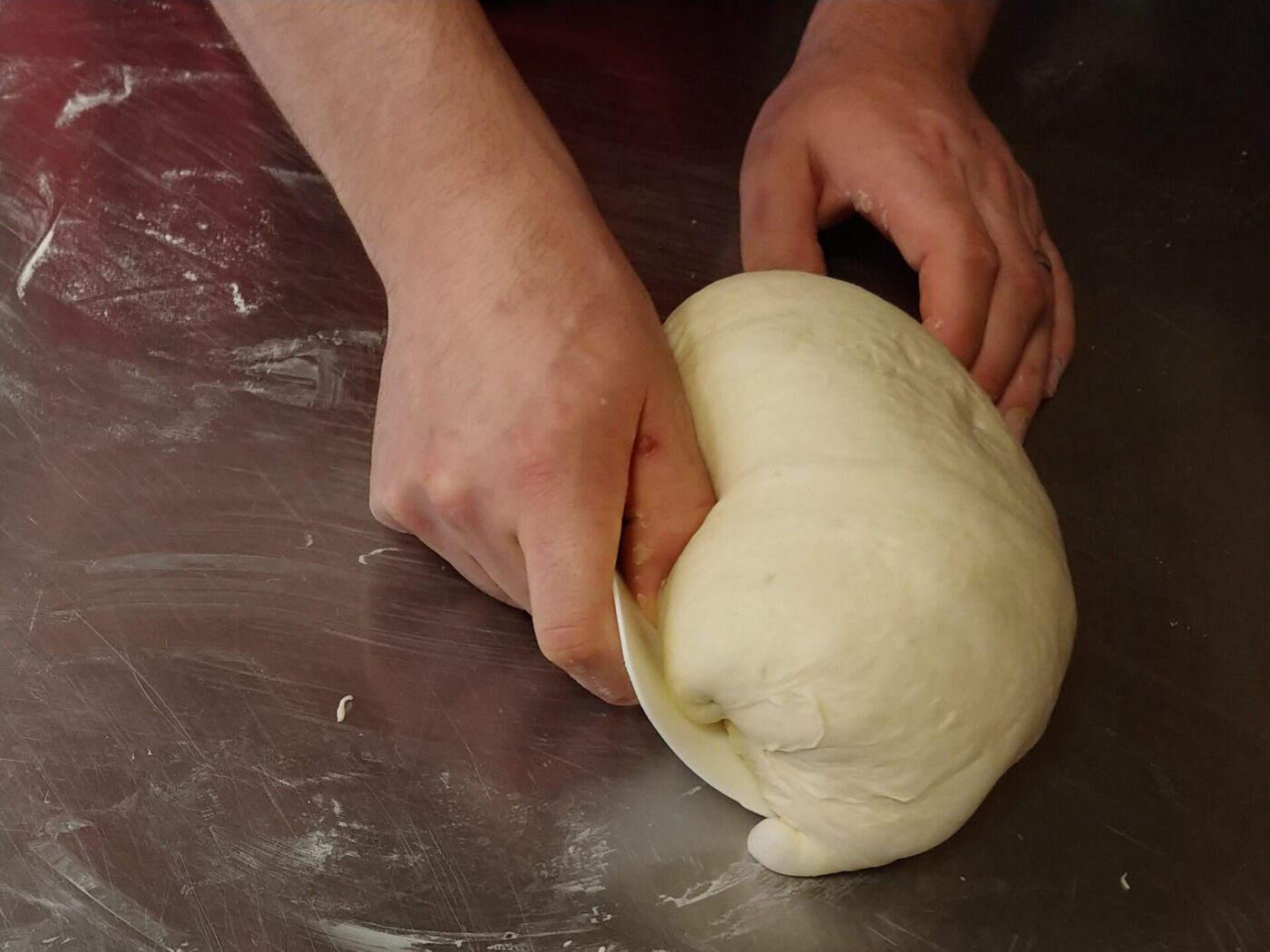
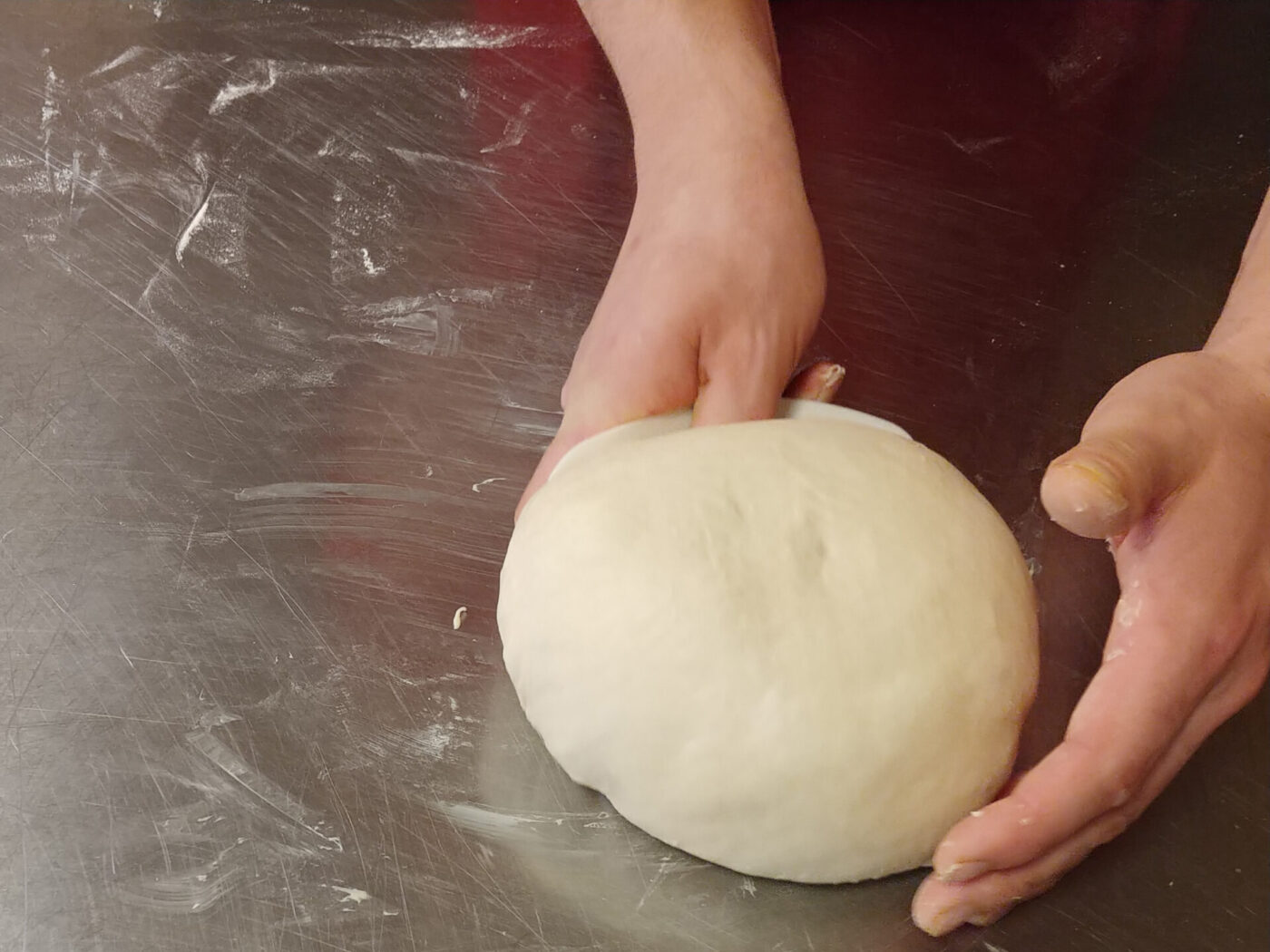
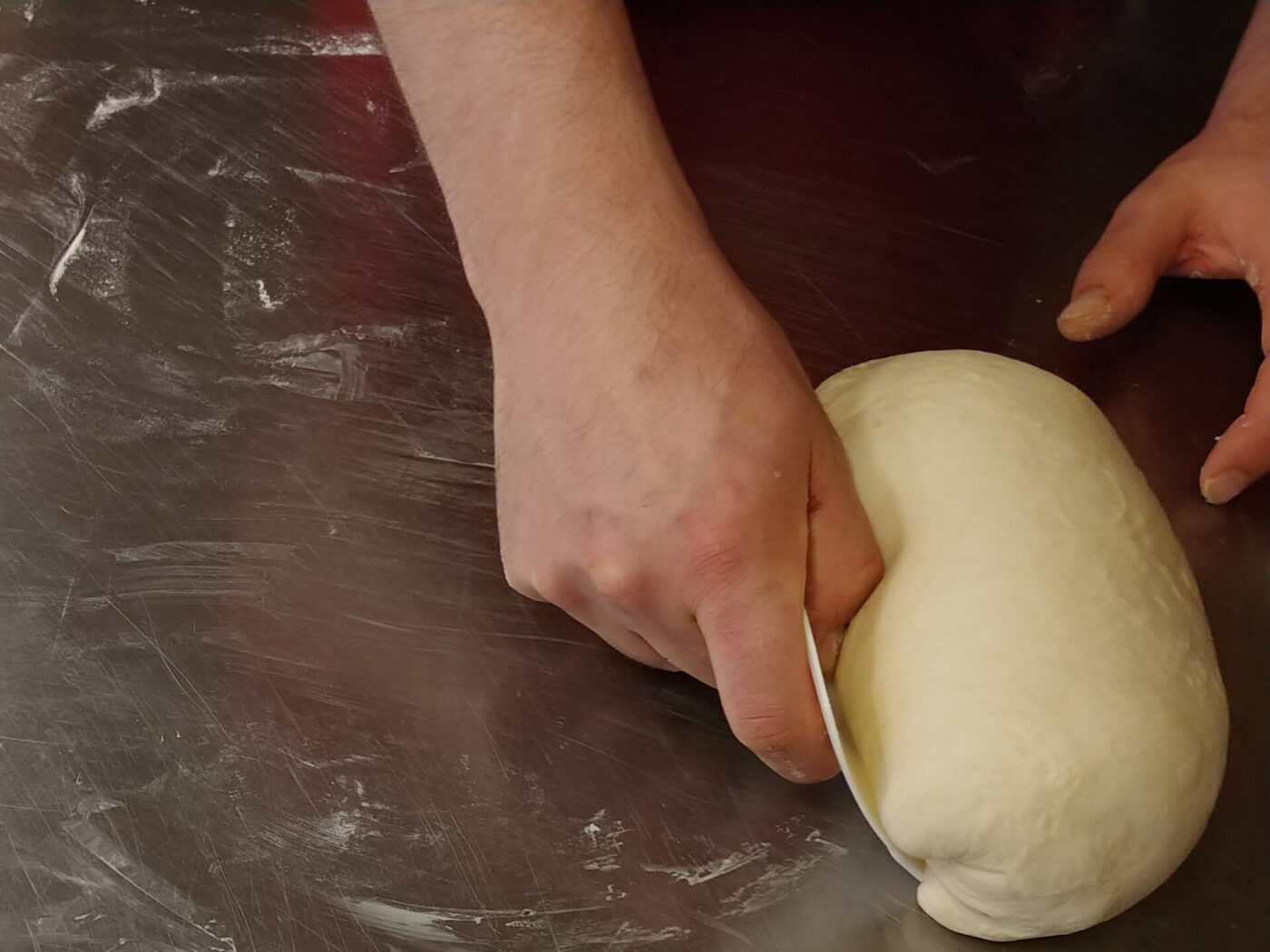
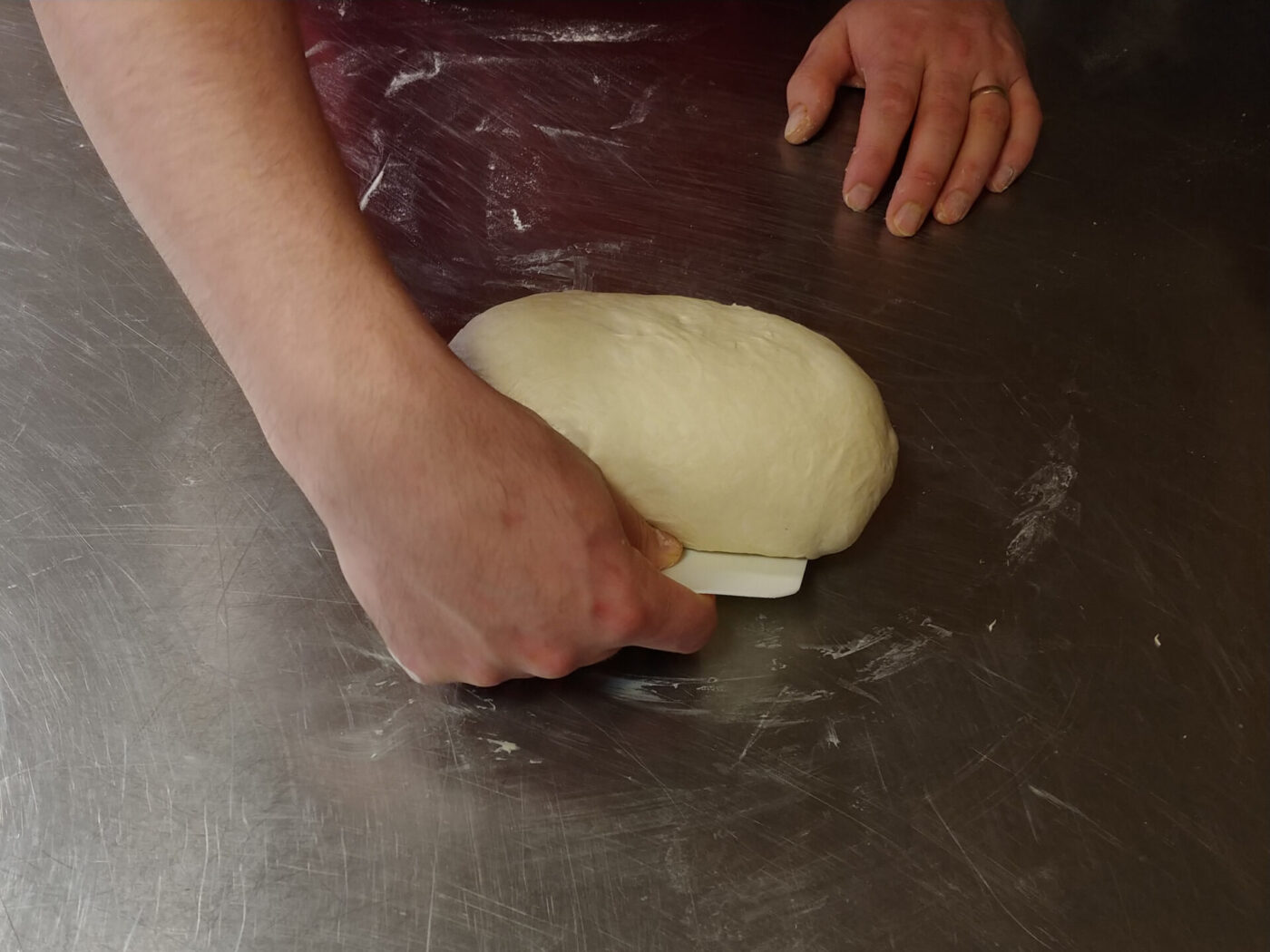
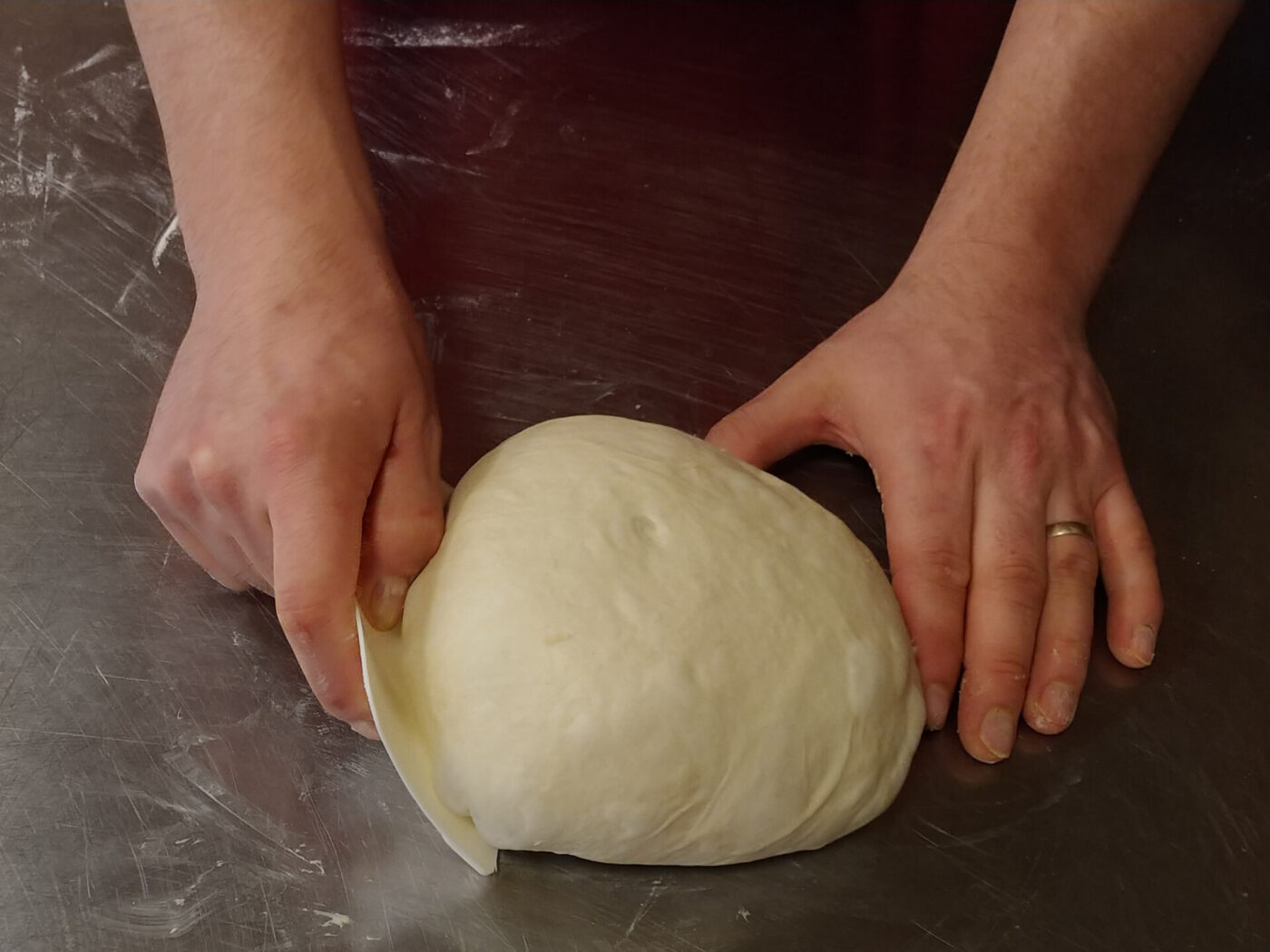
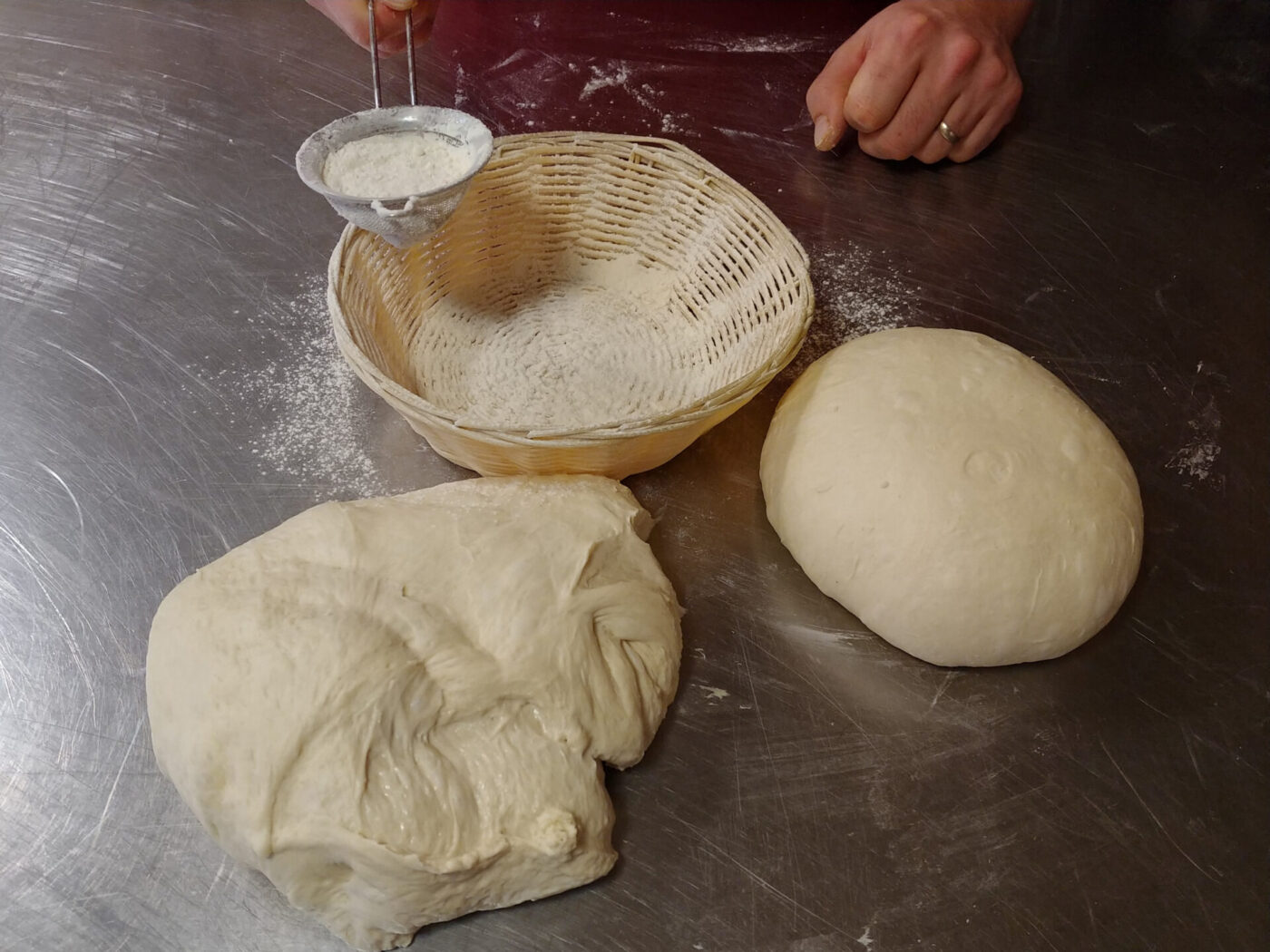
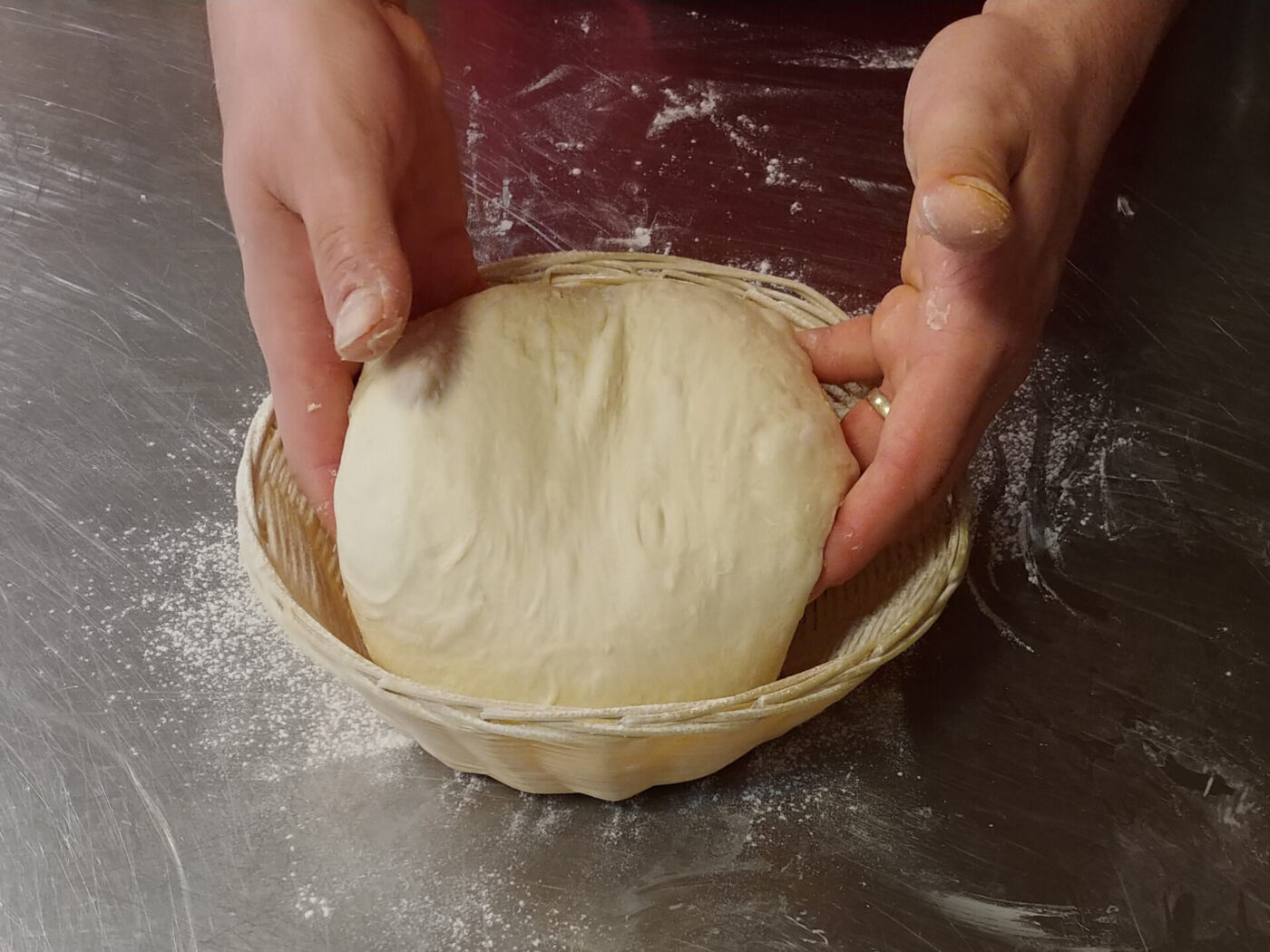
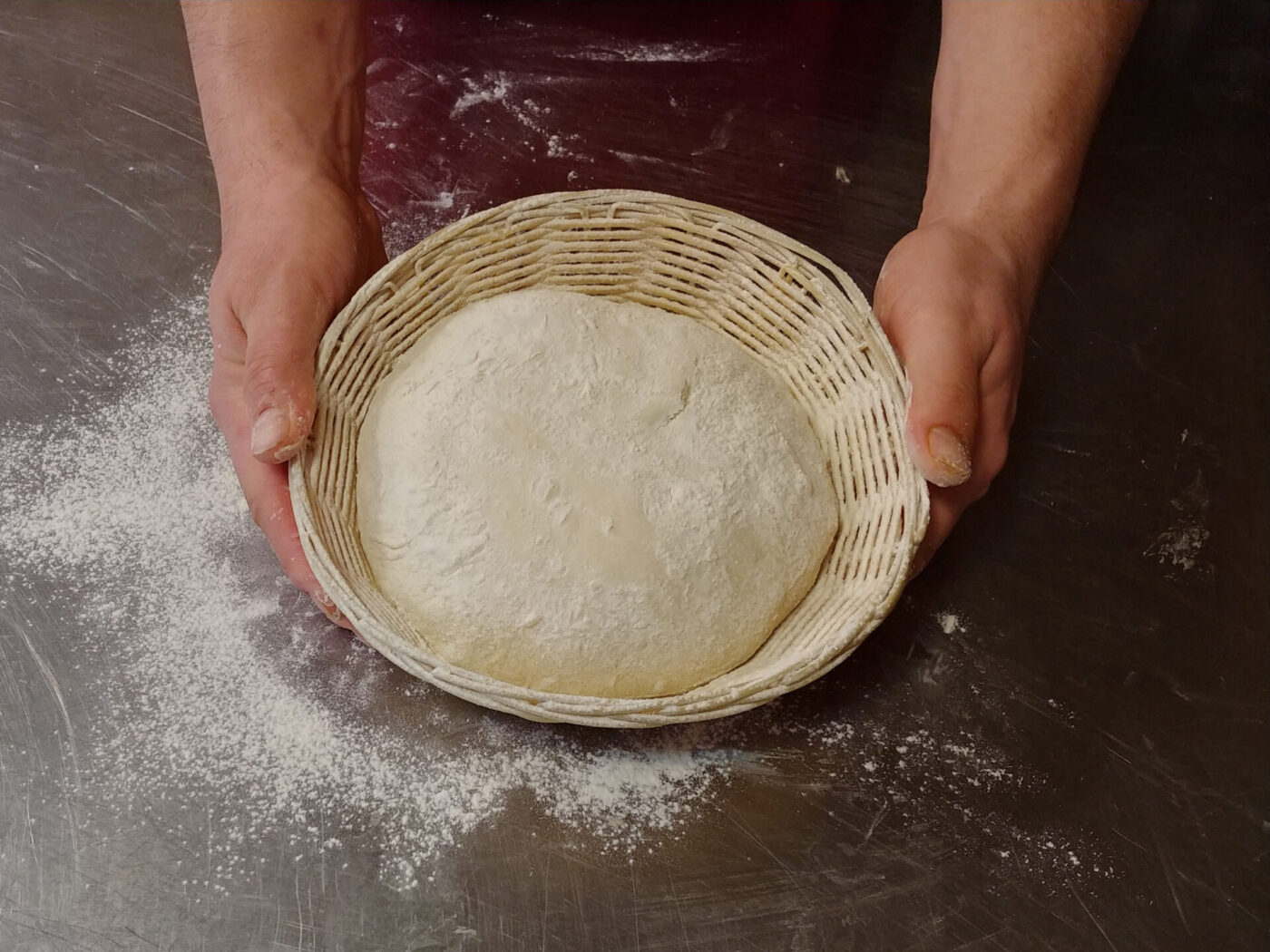
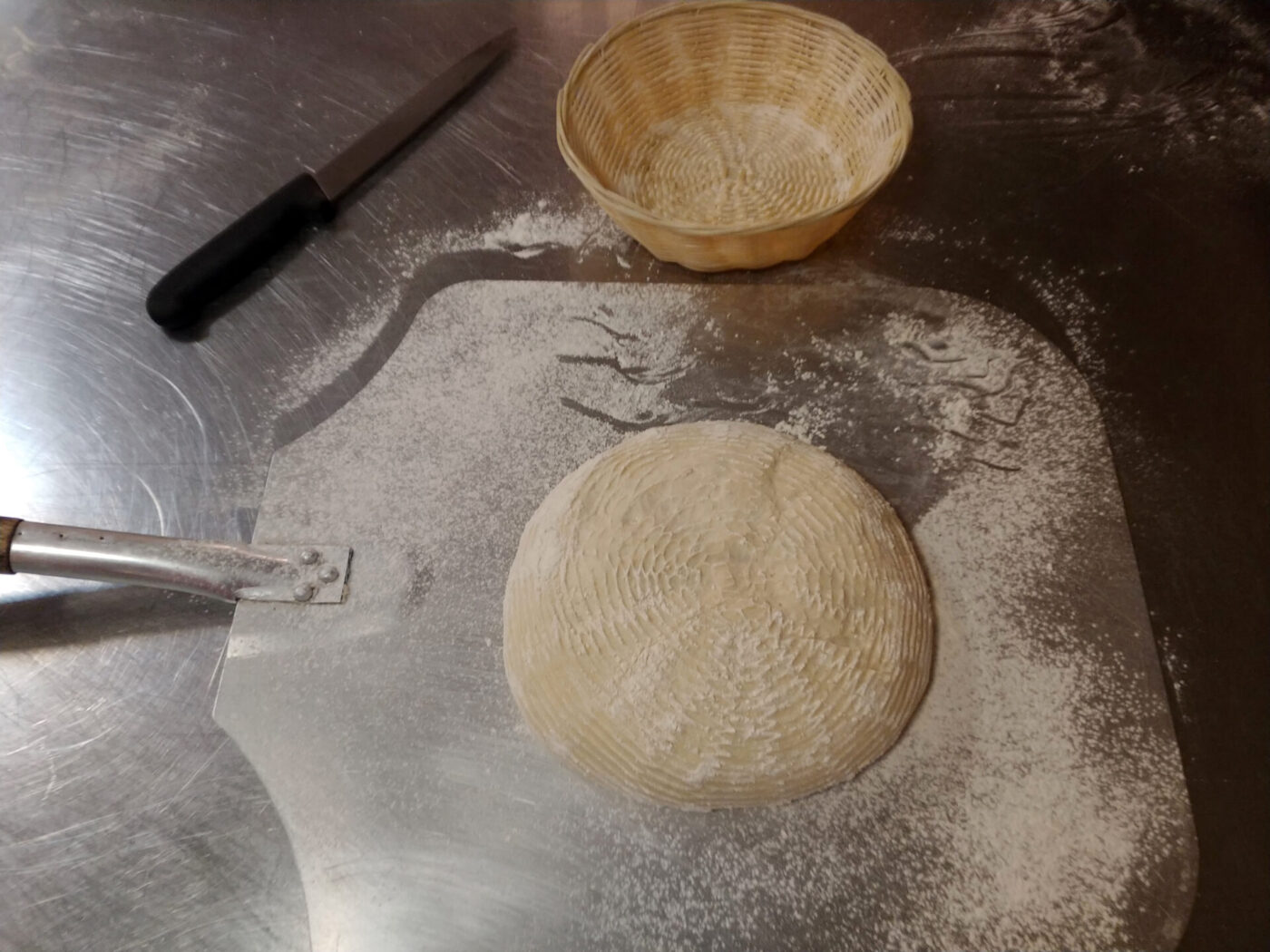
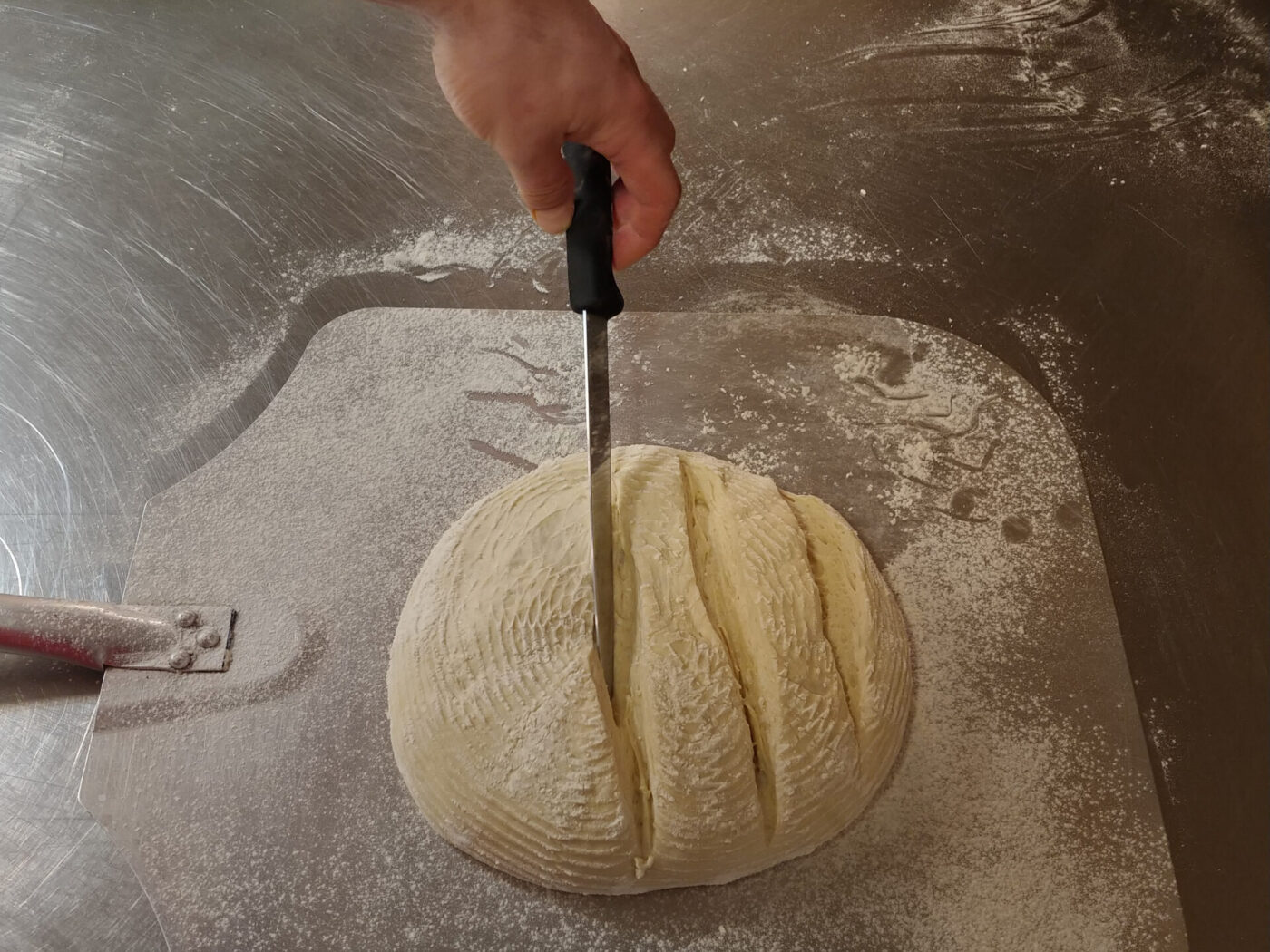
Share
Click on the icons below to share "Title of the item to share"